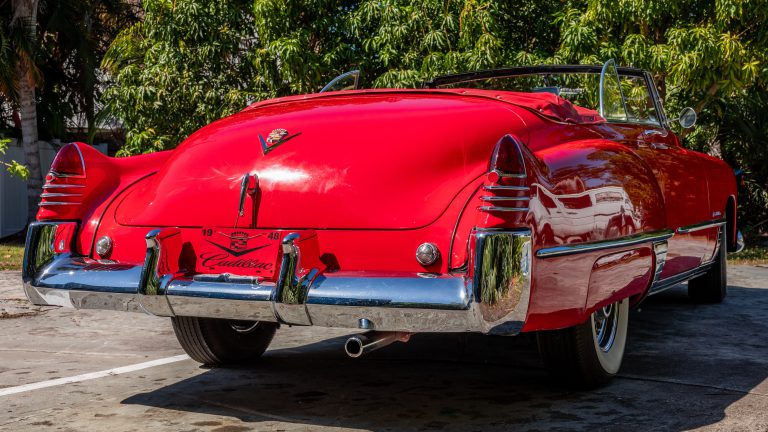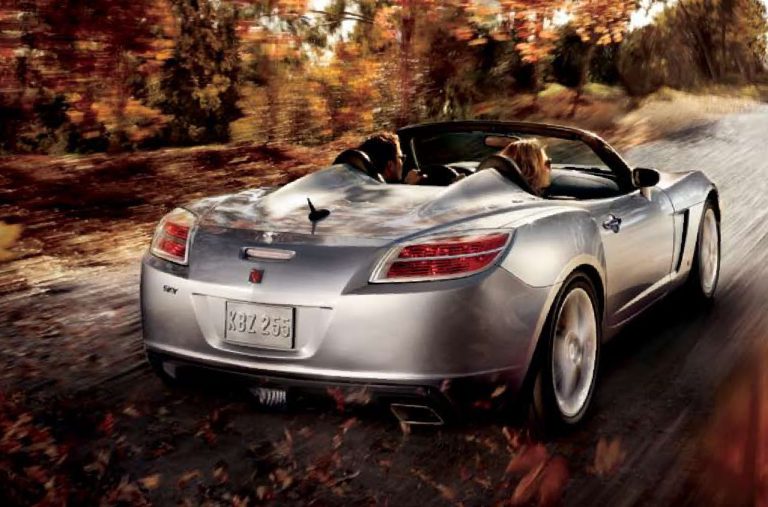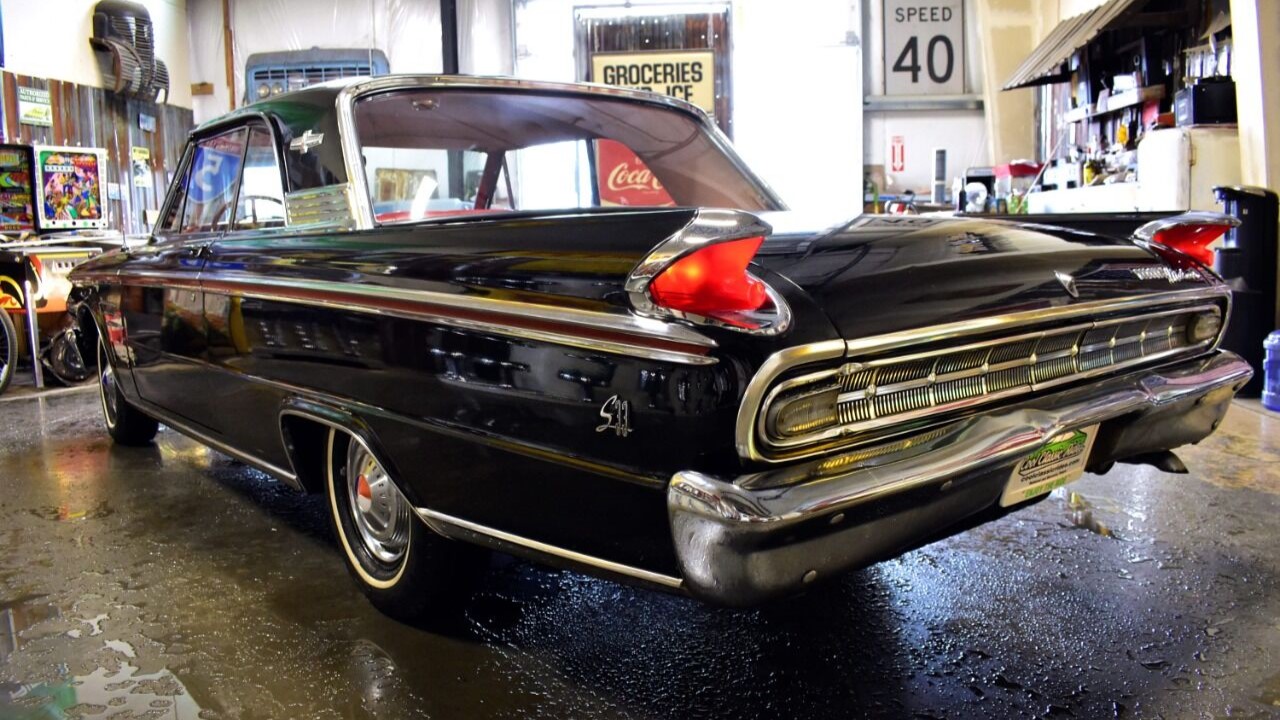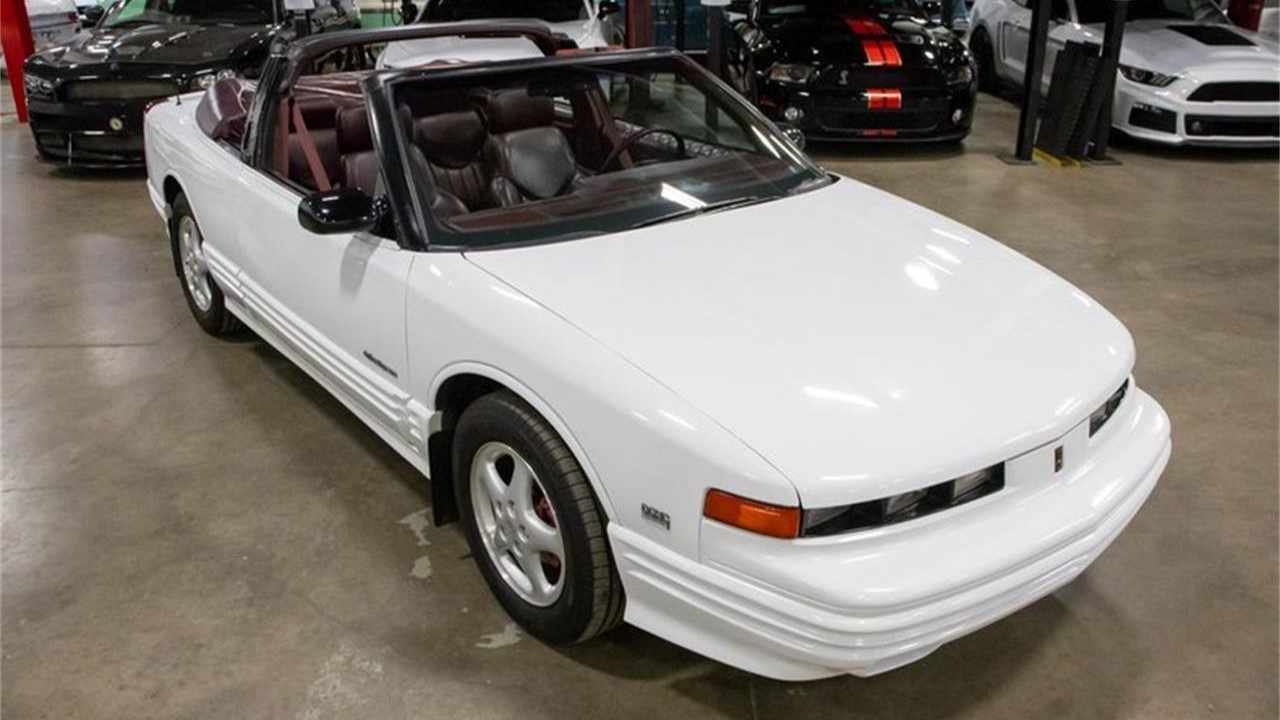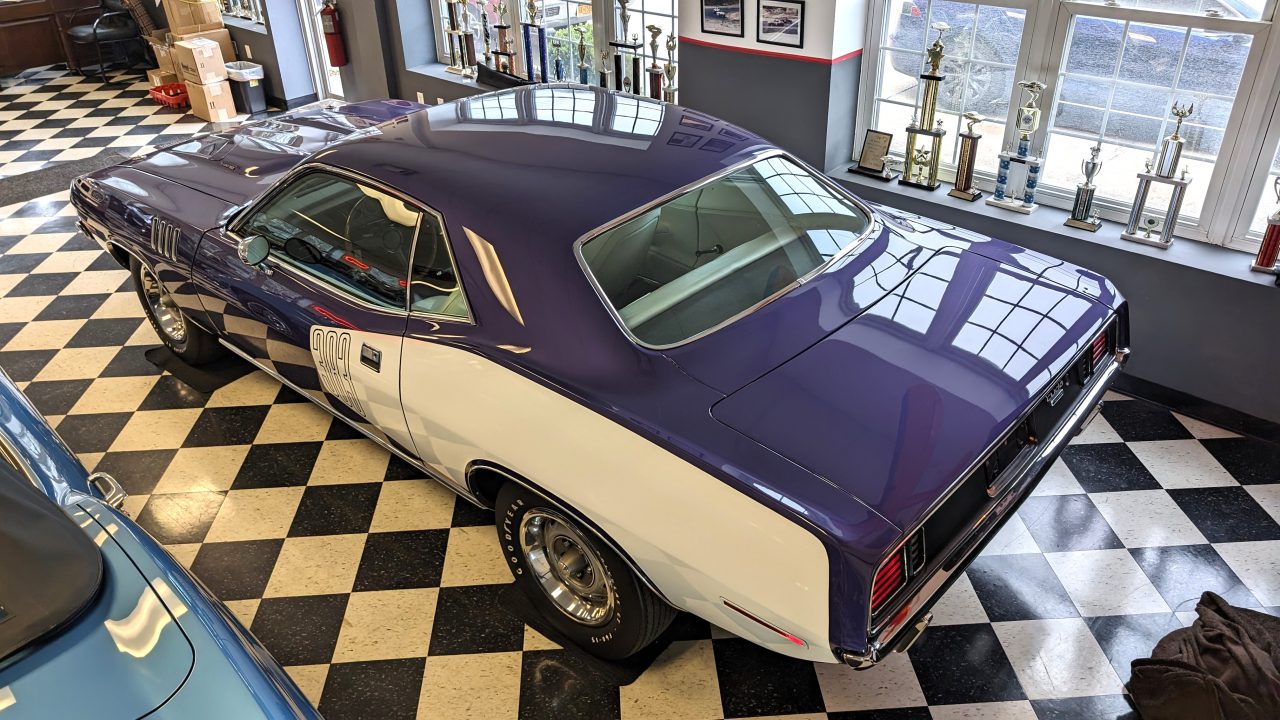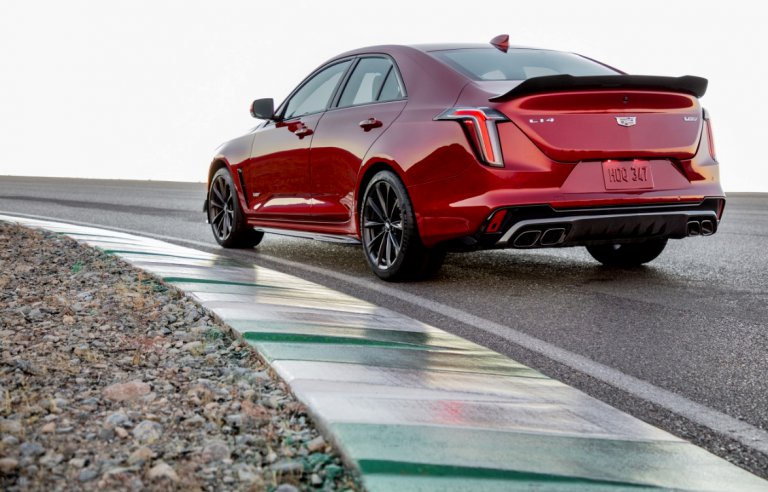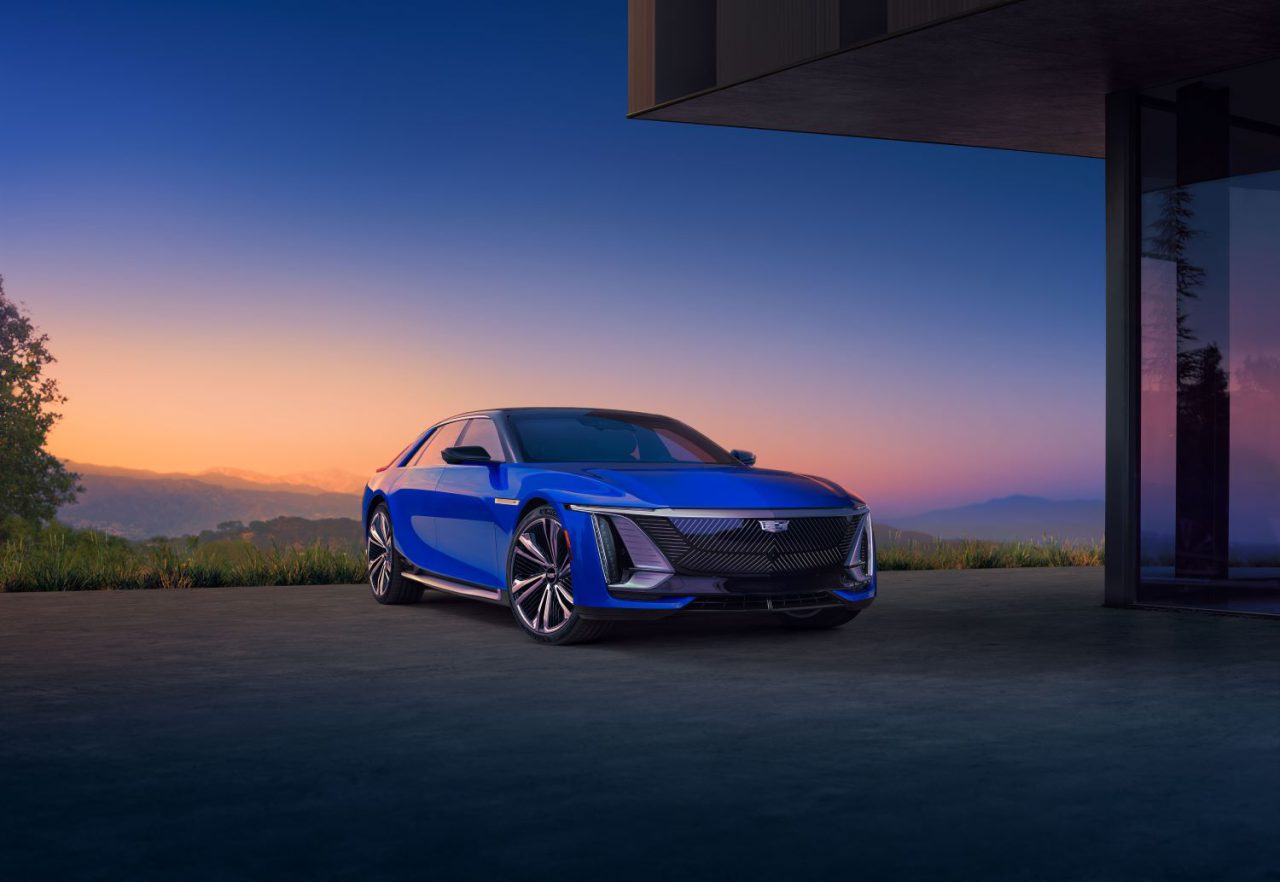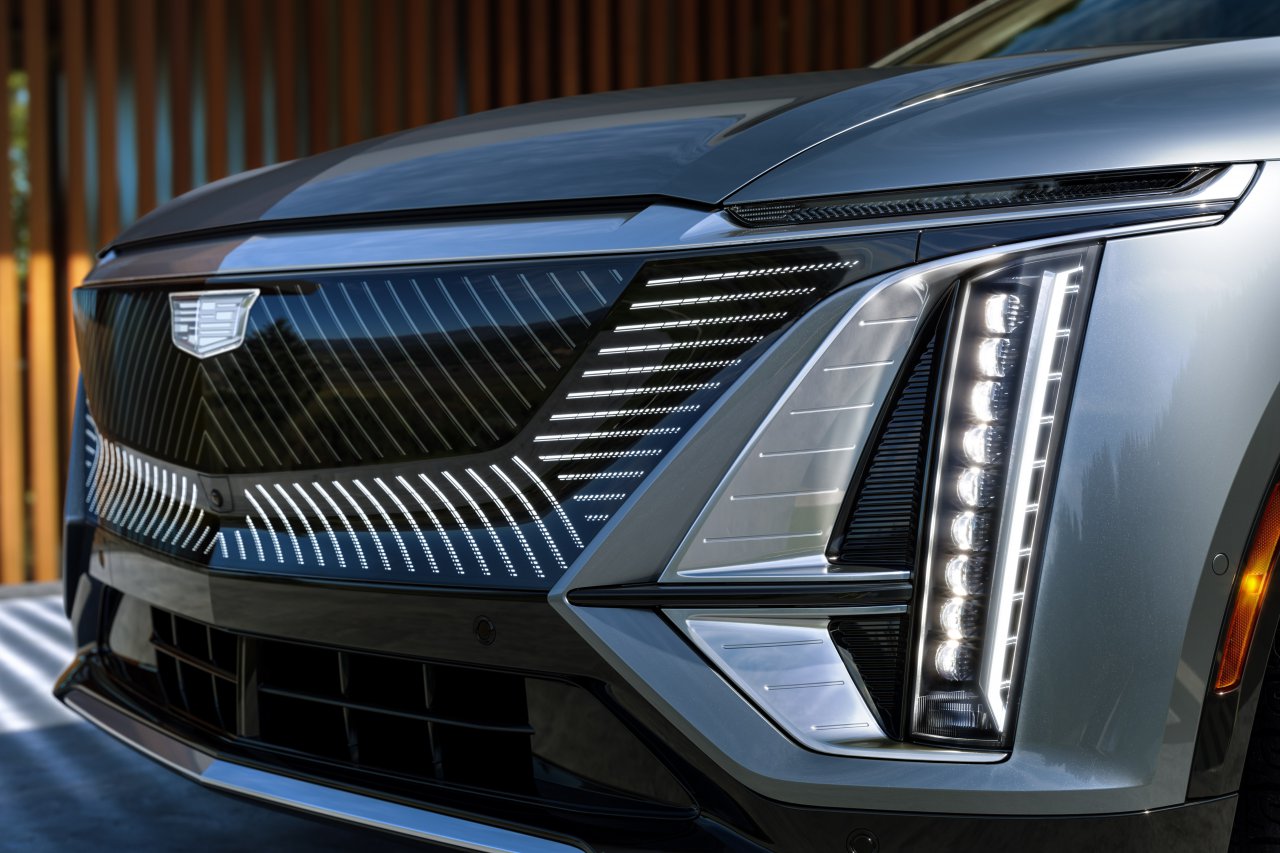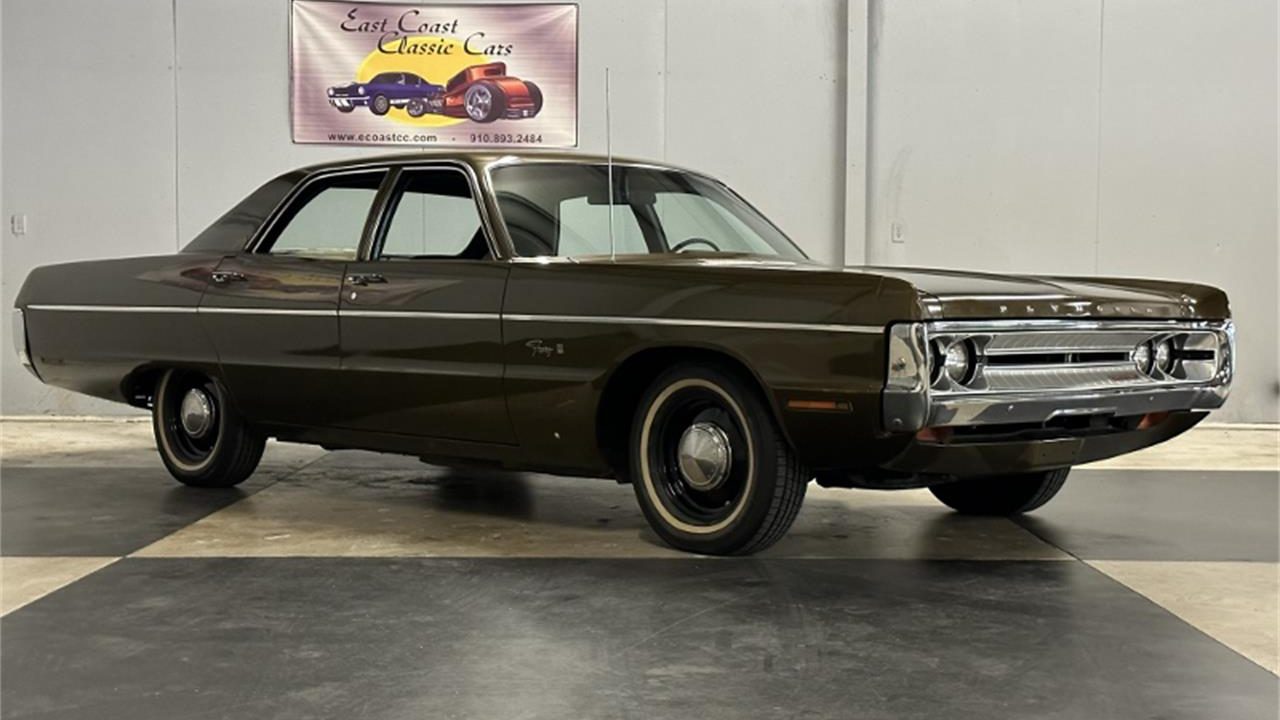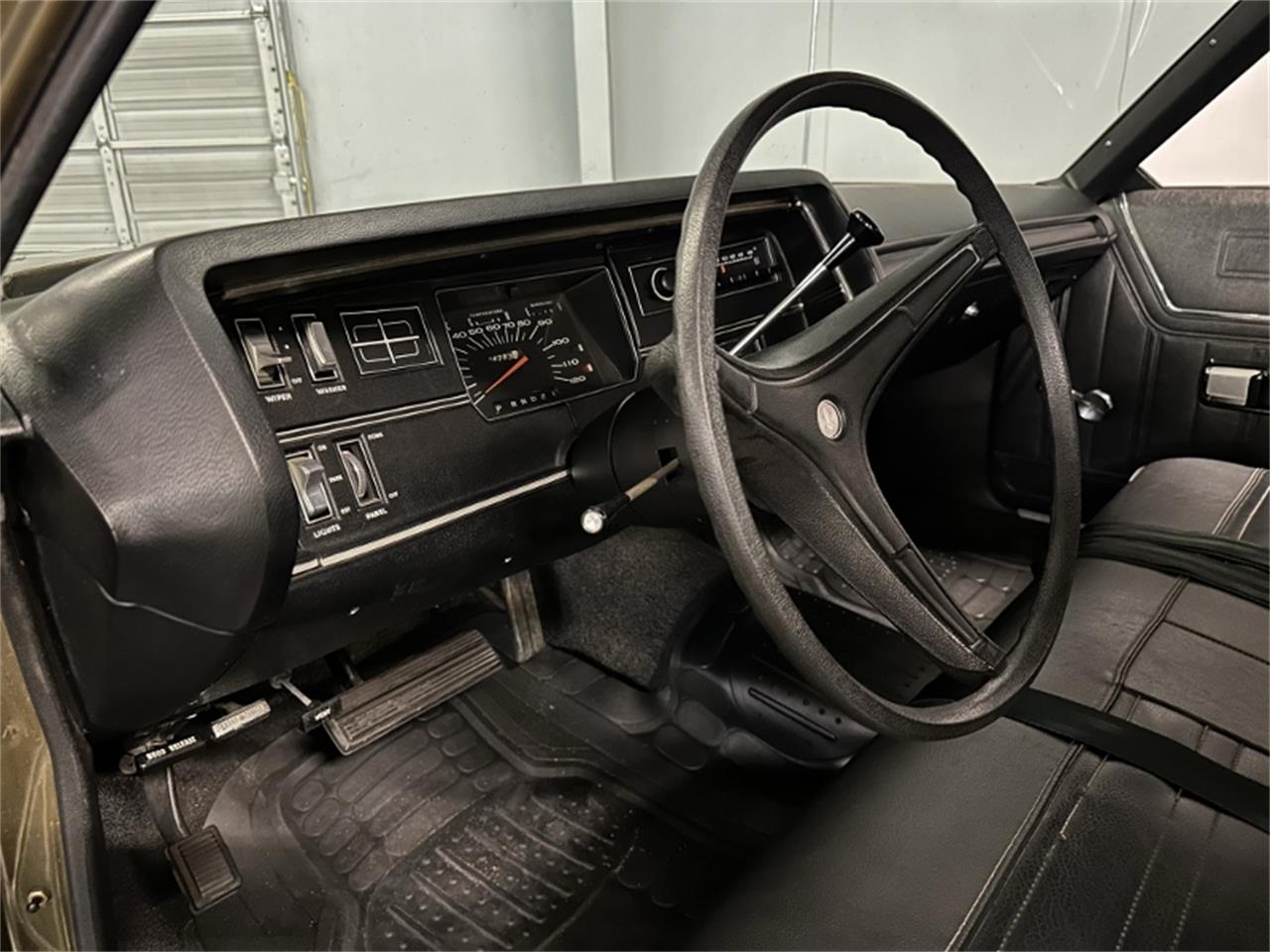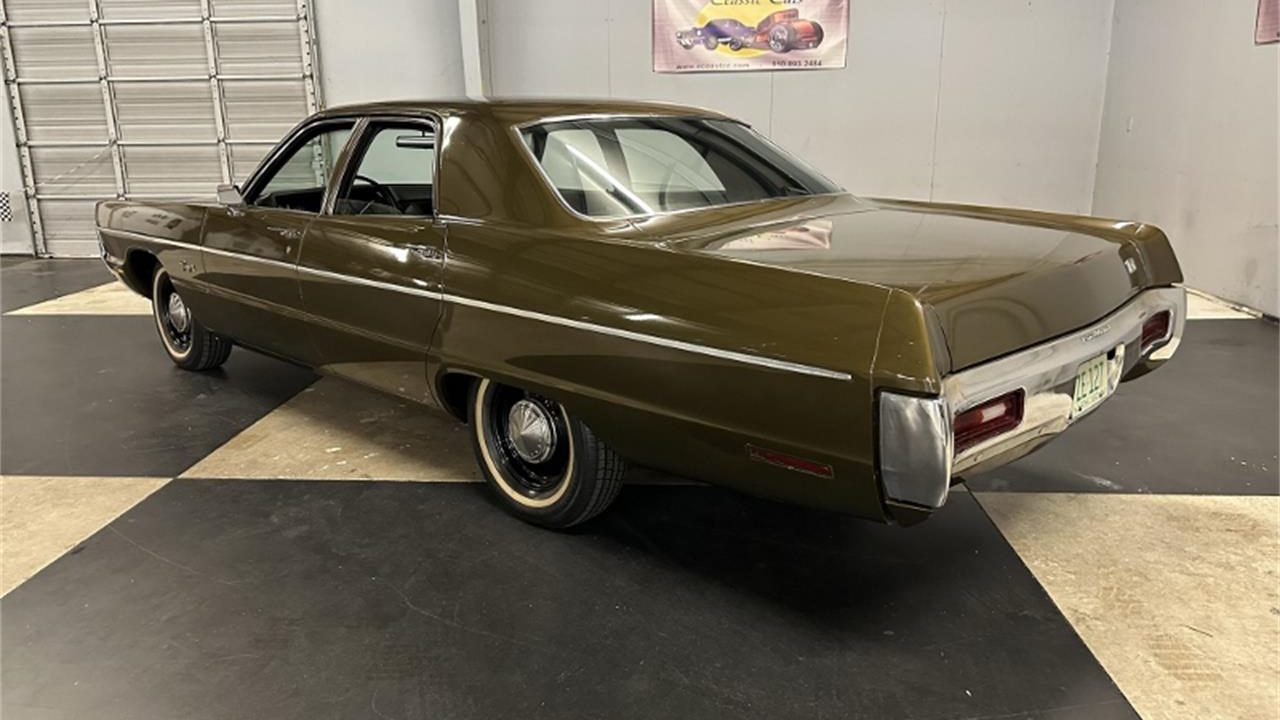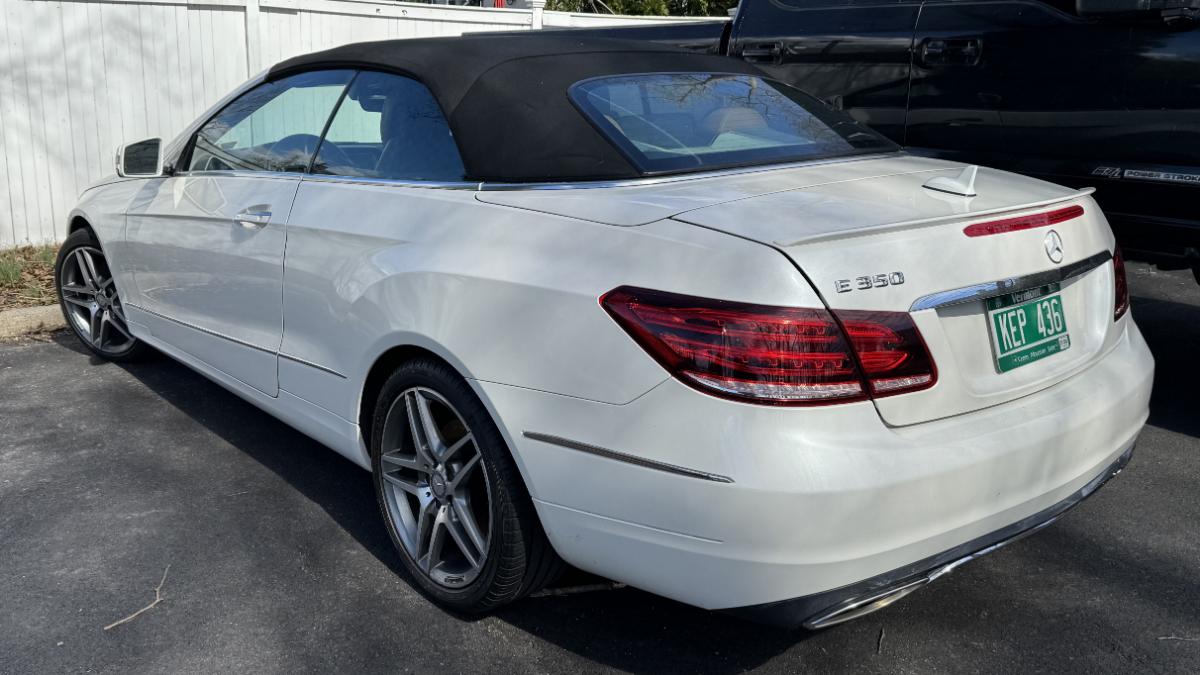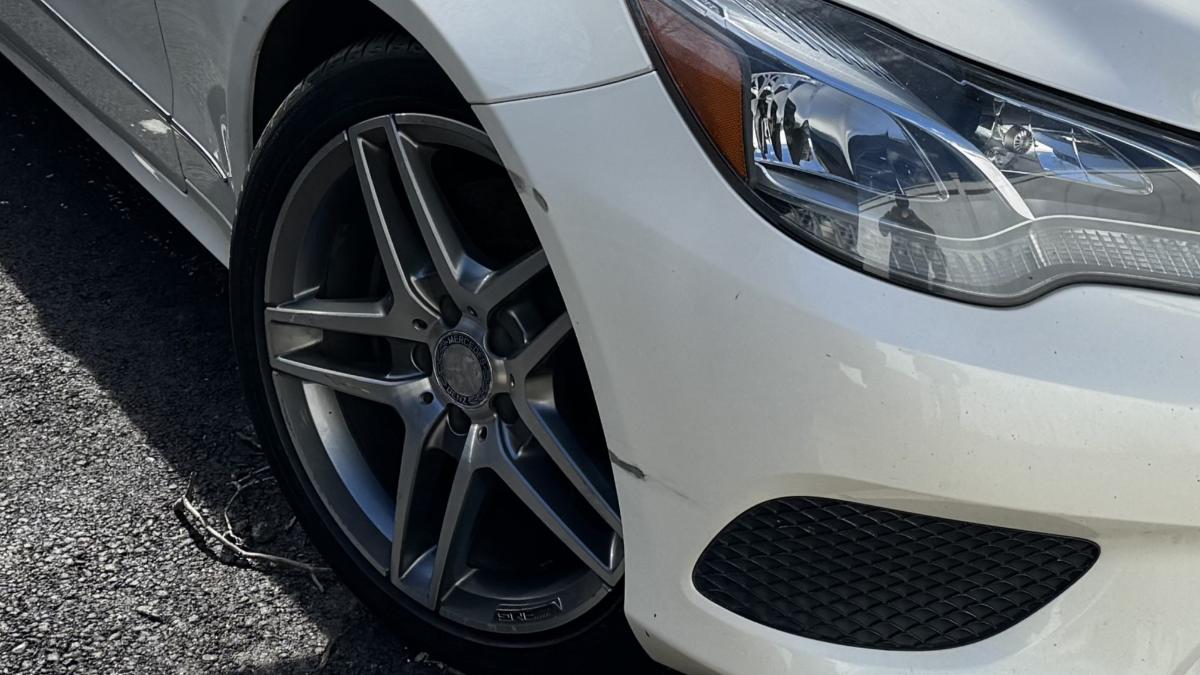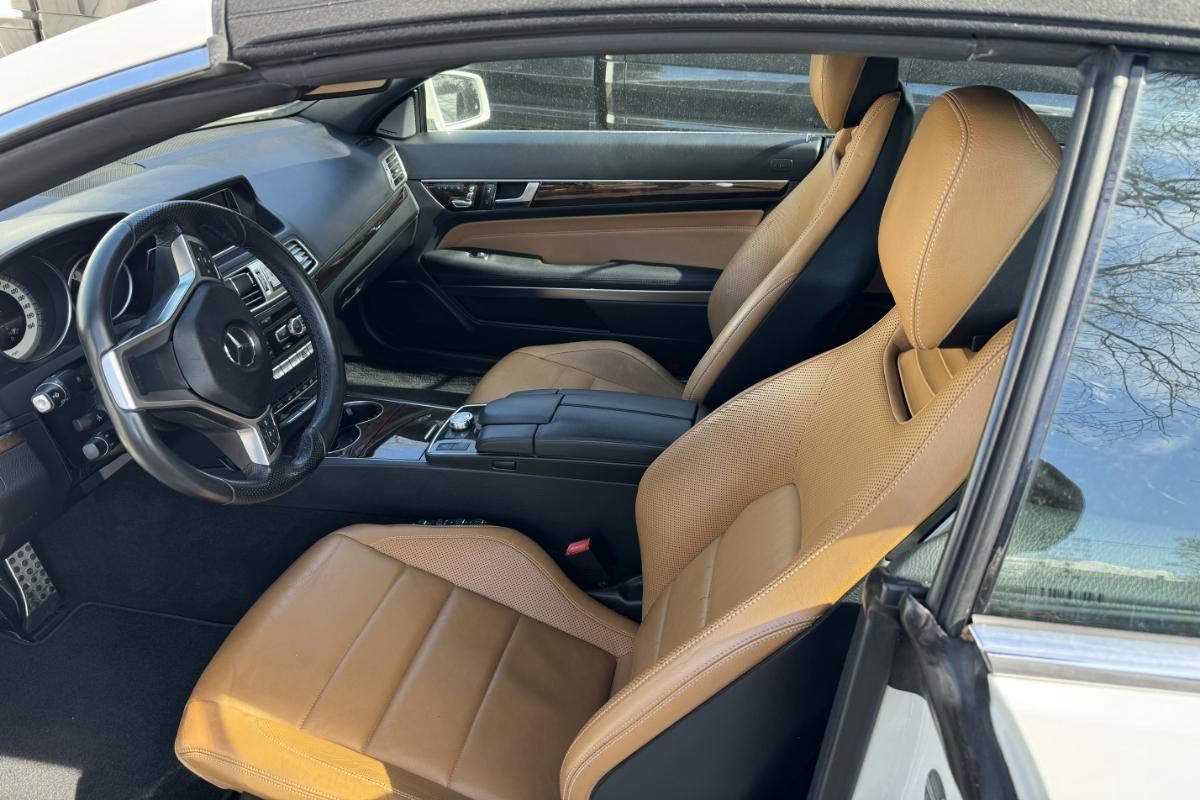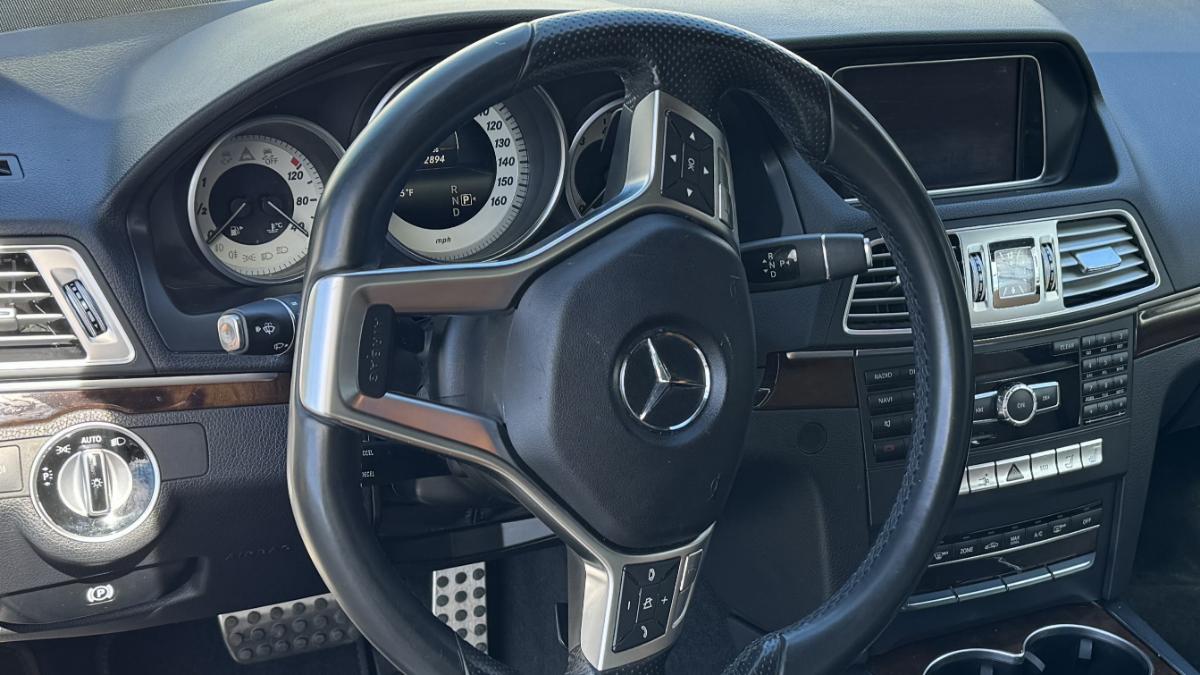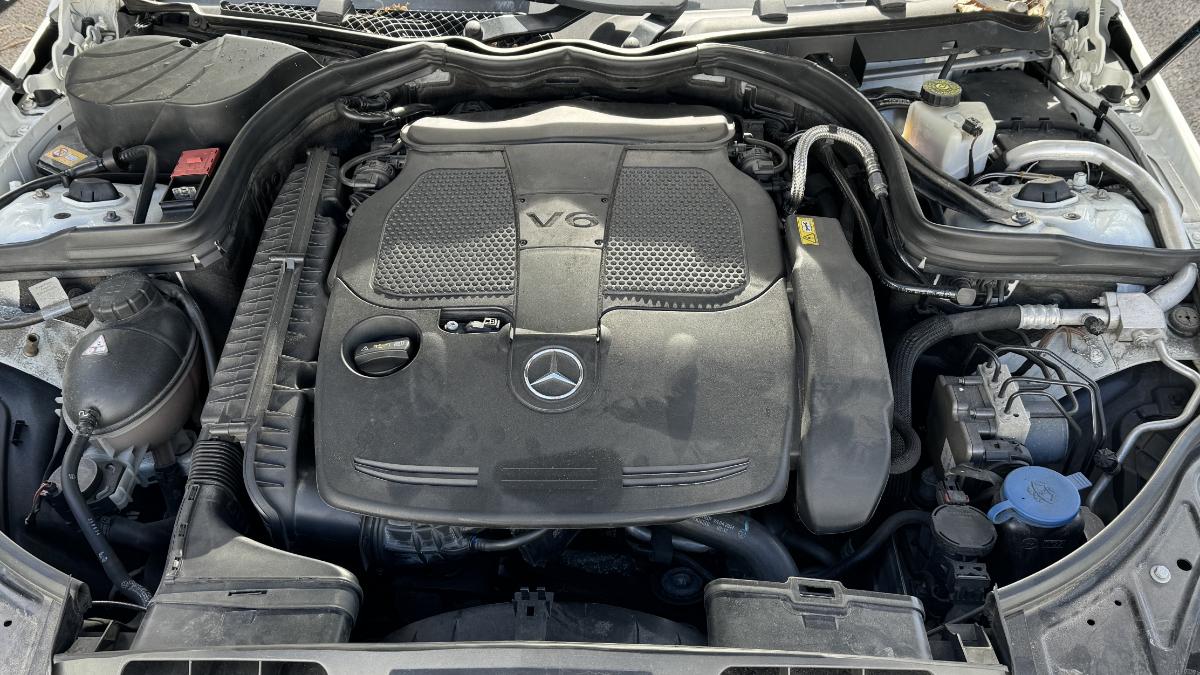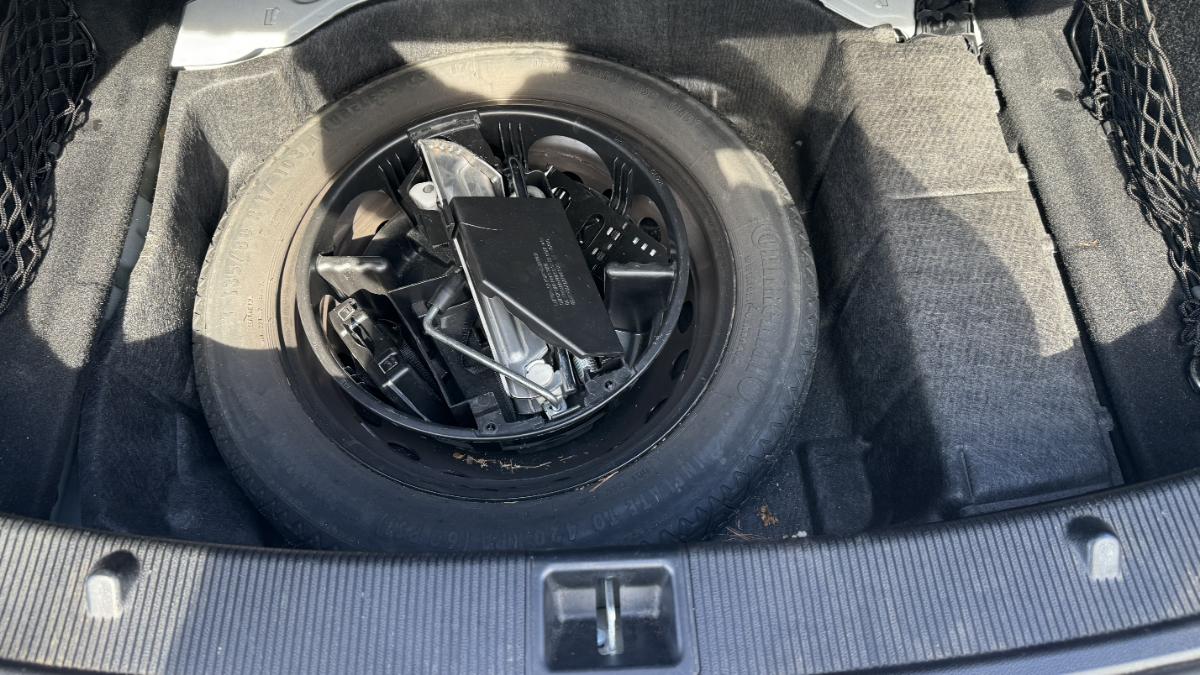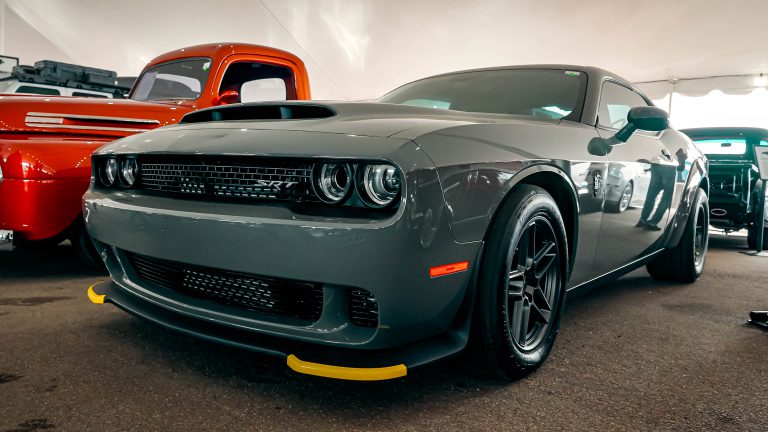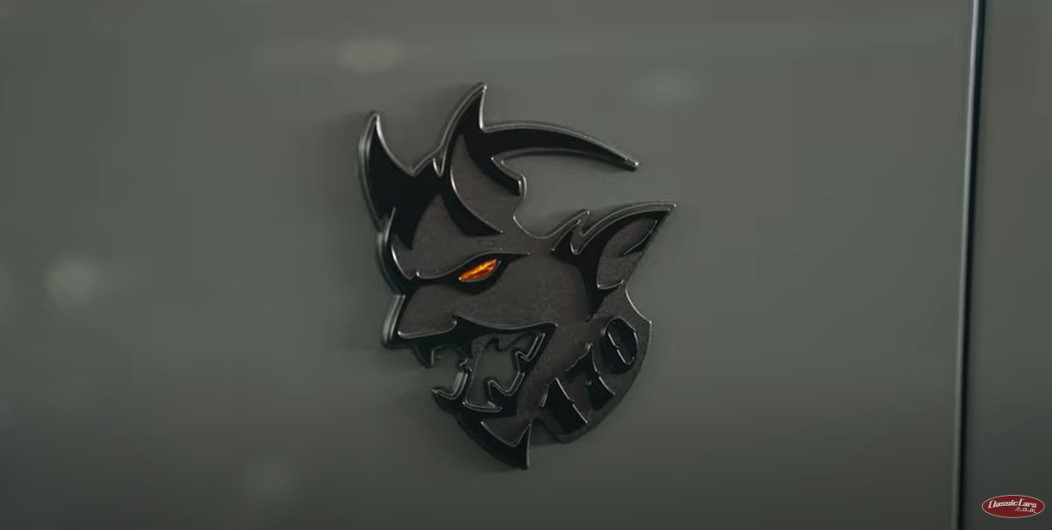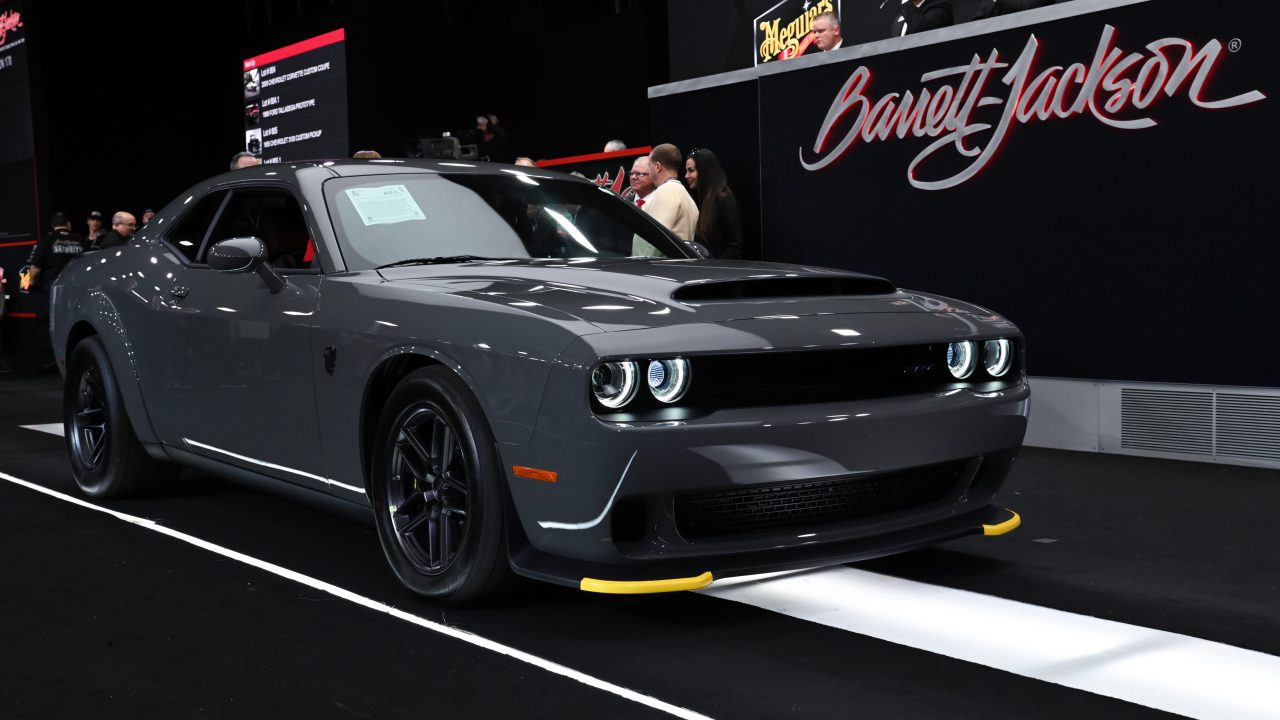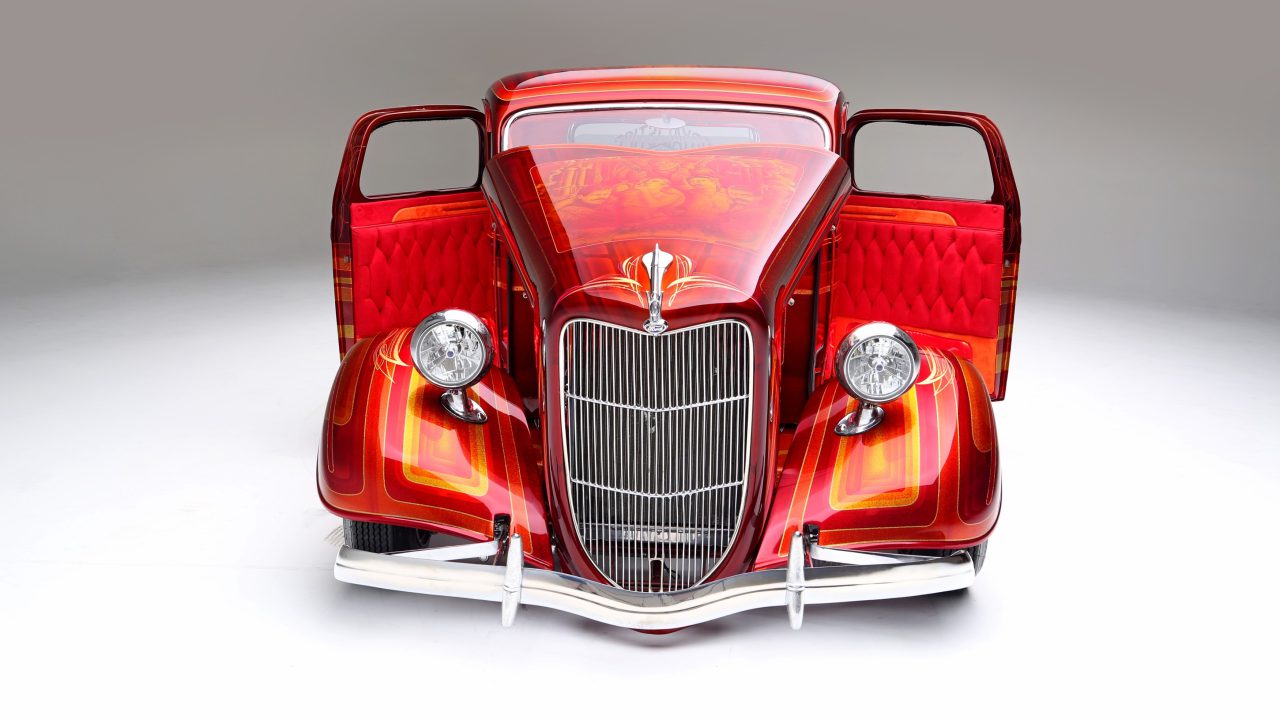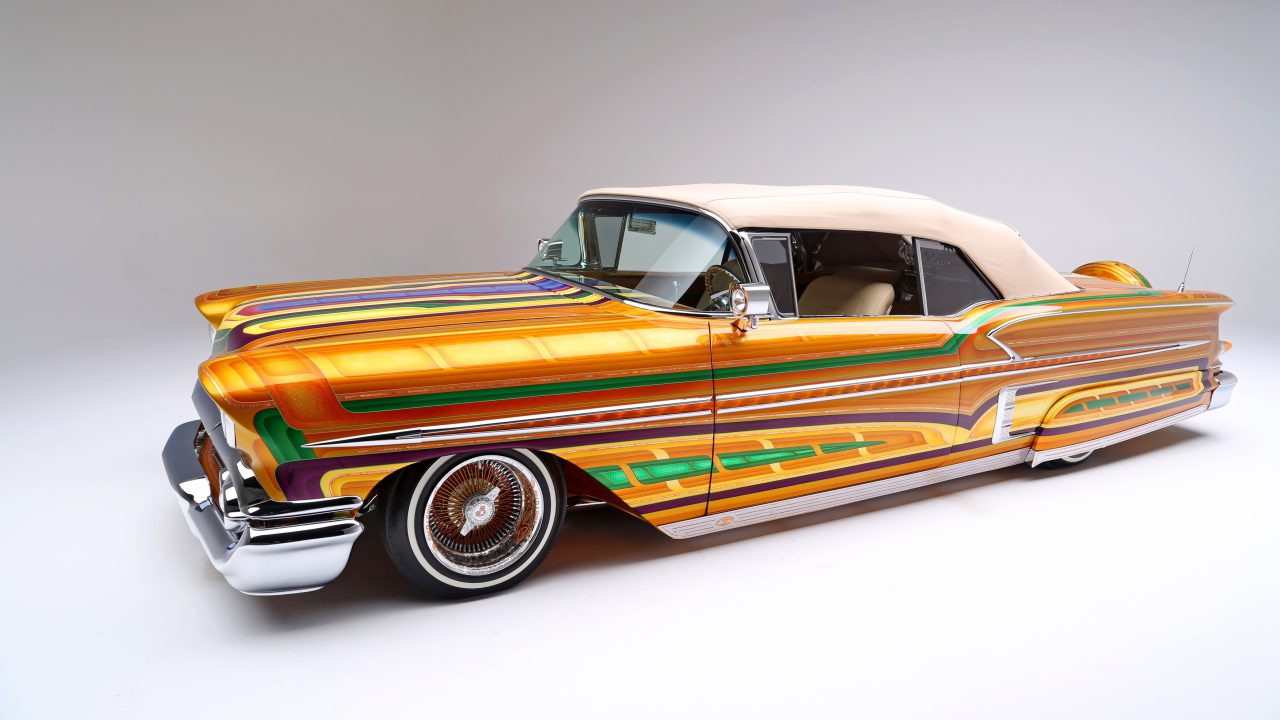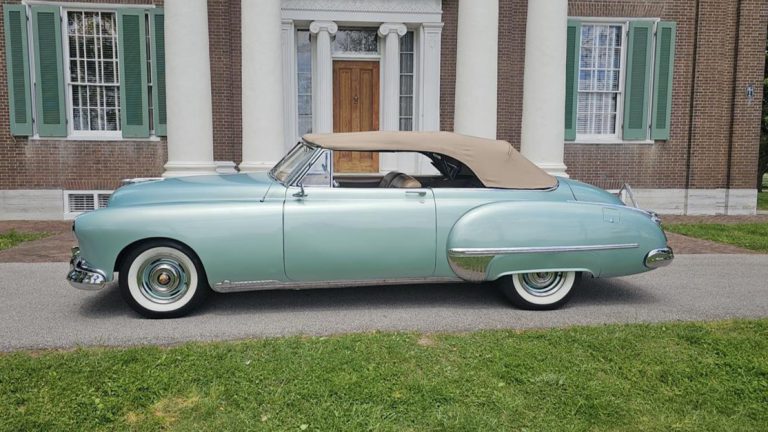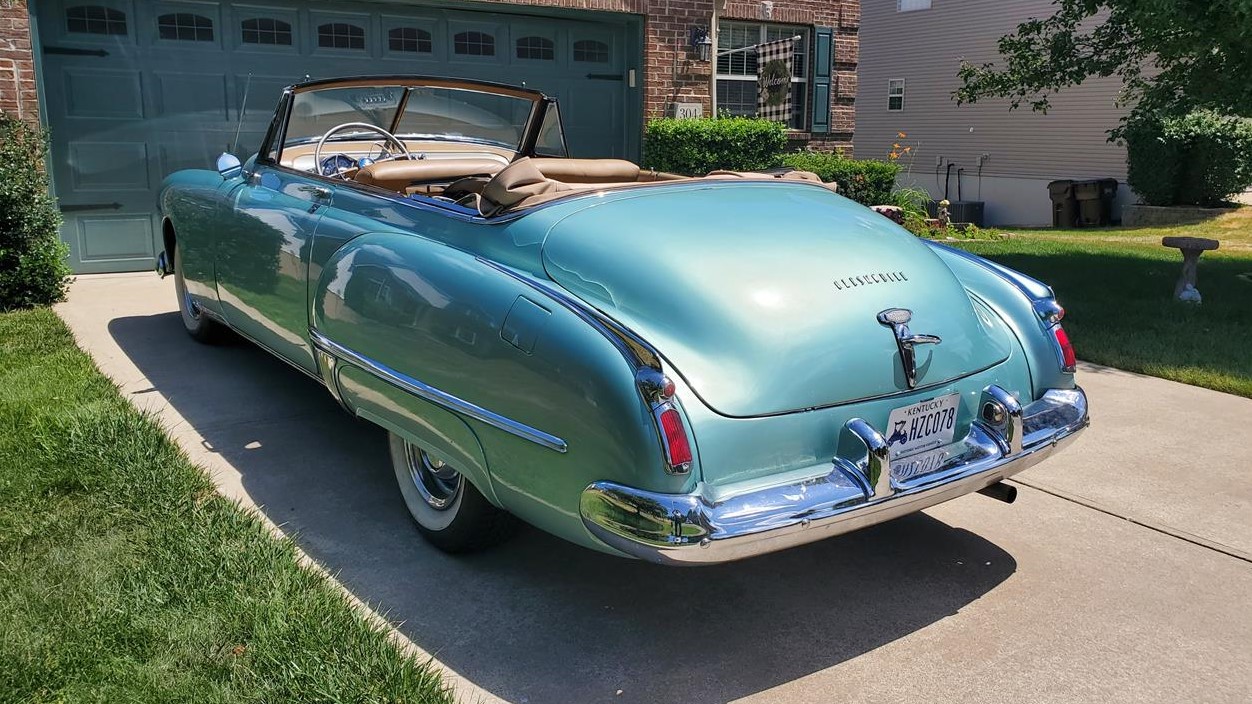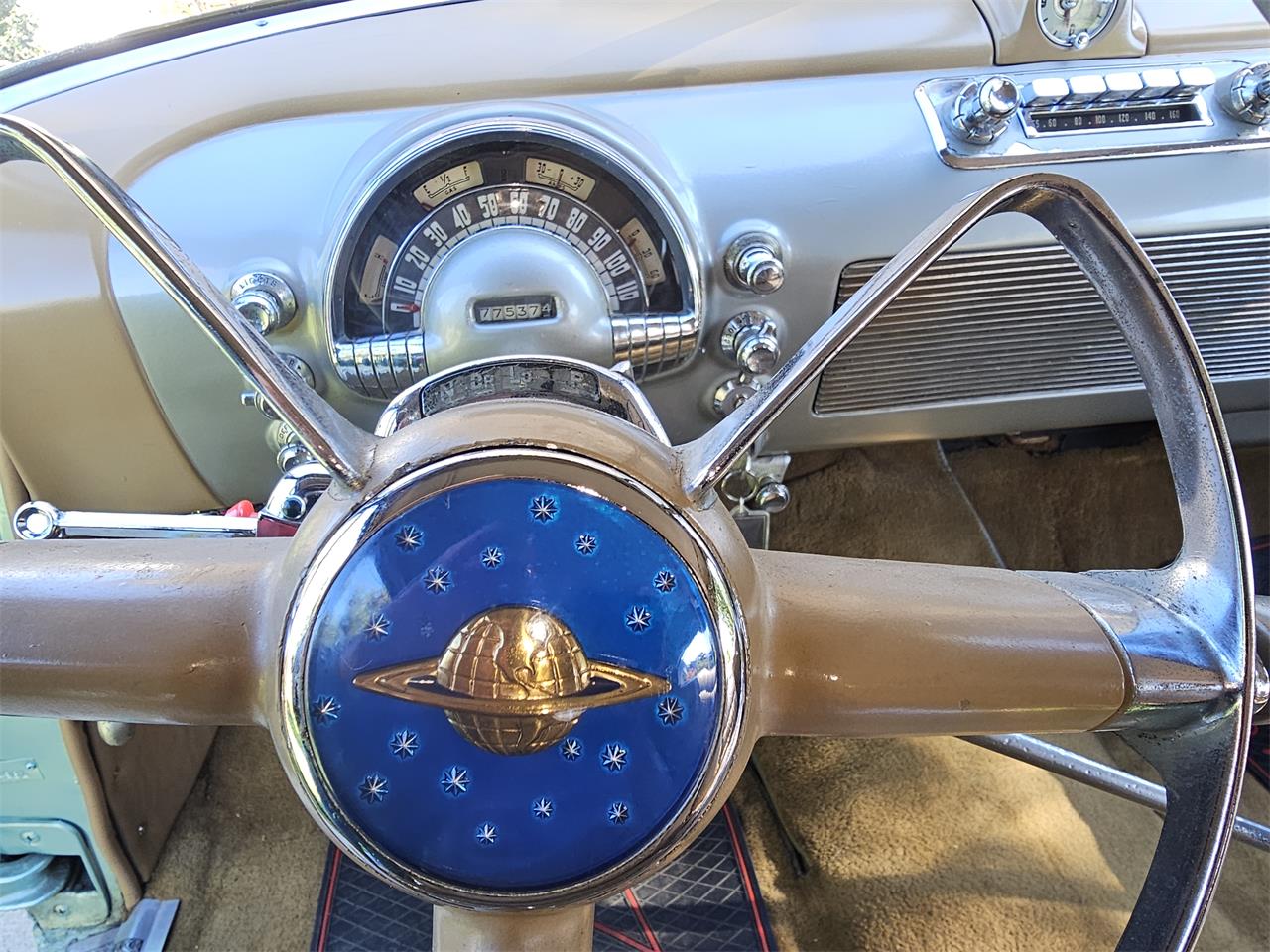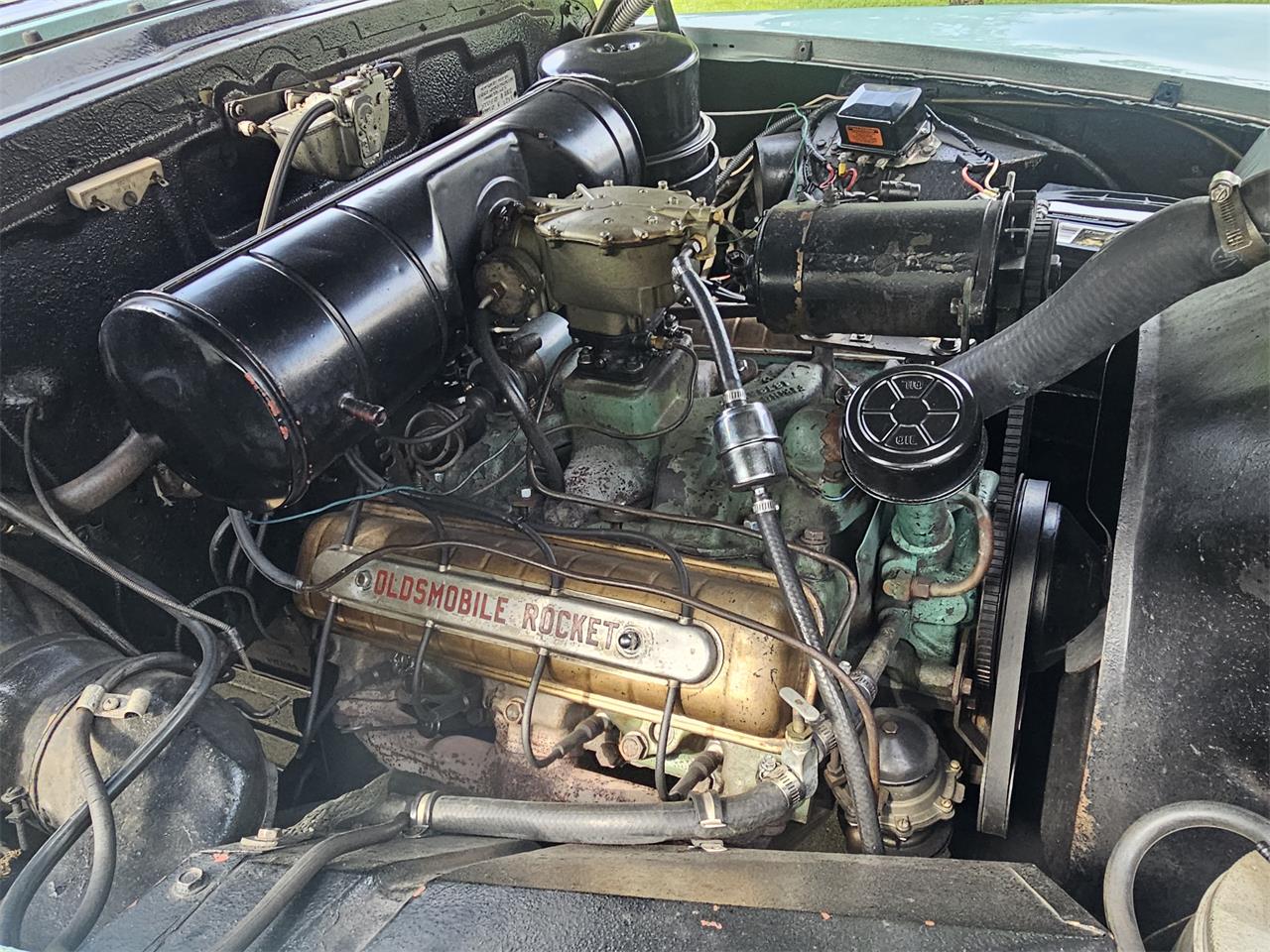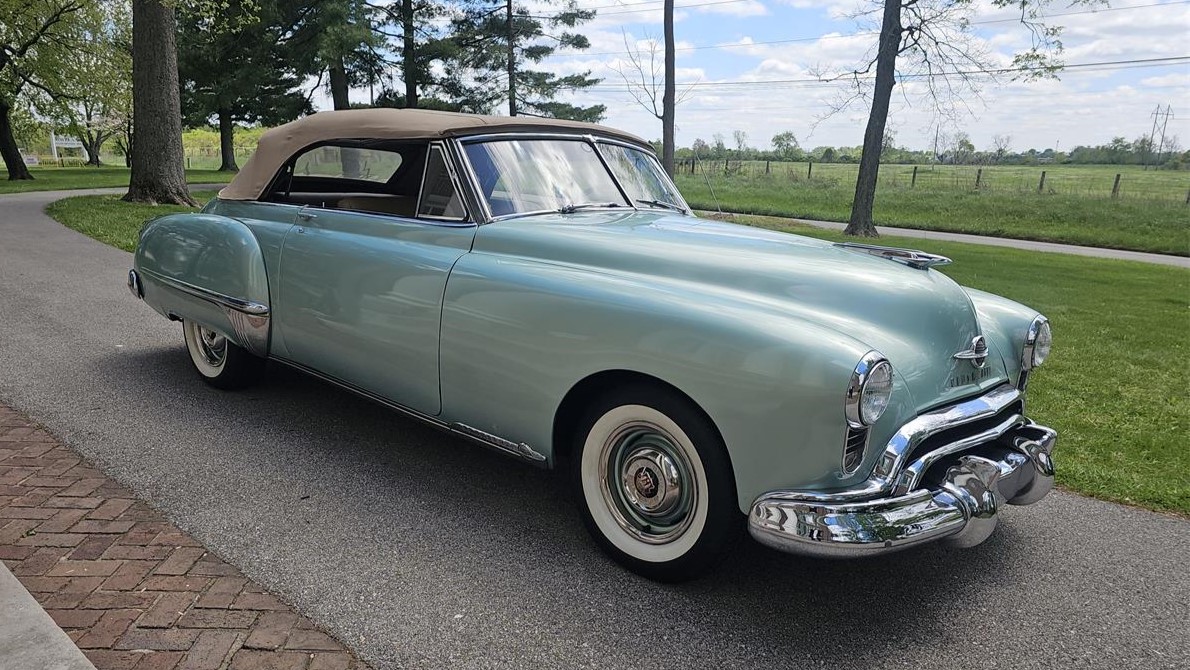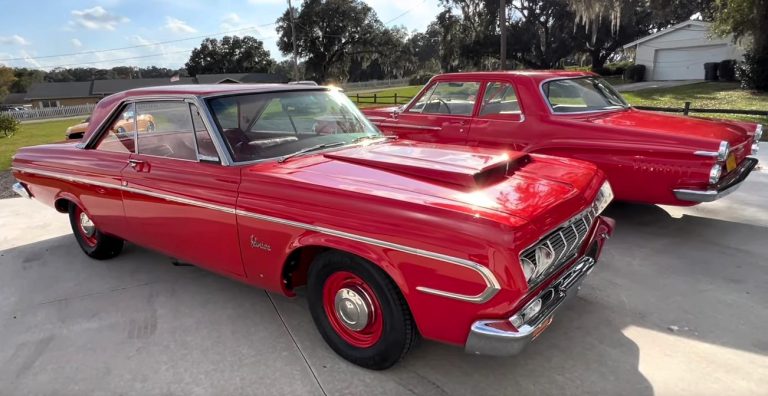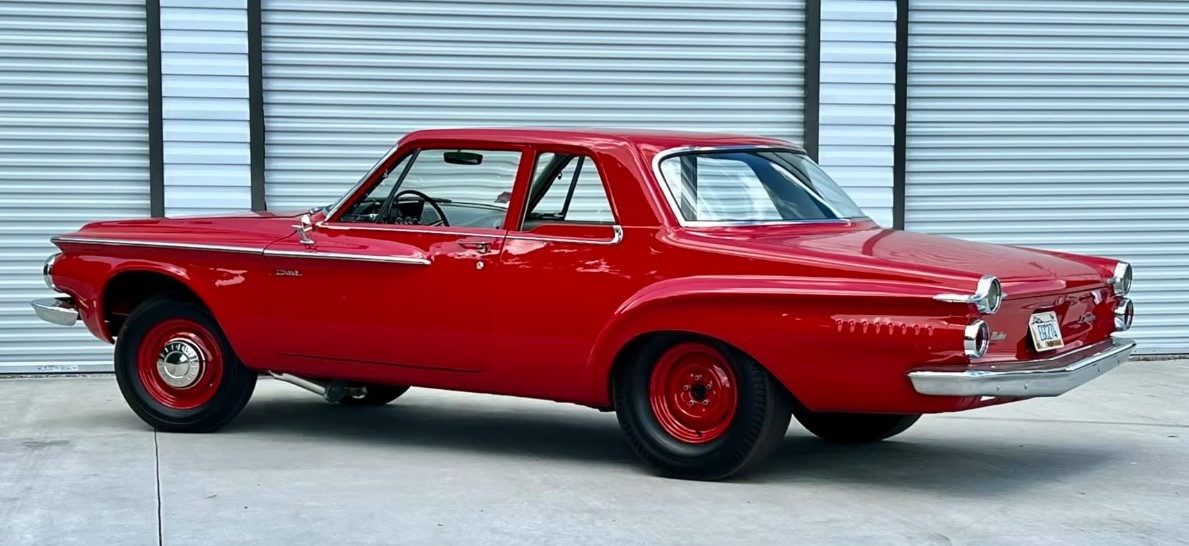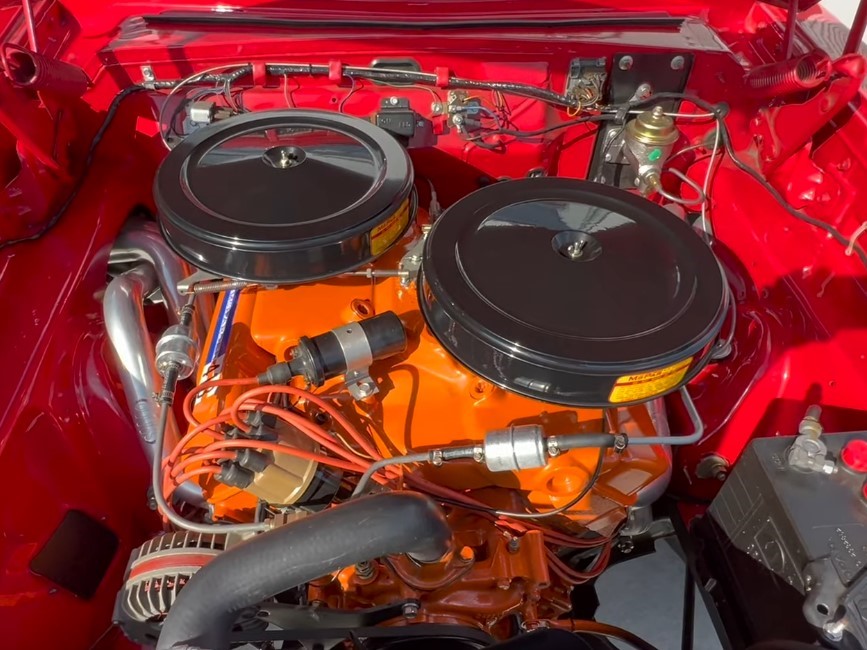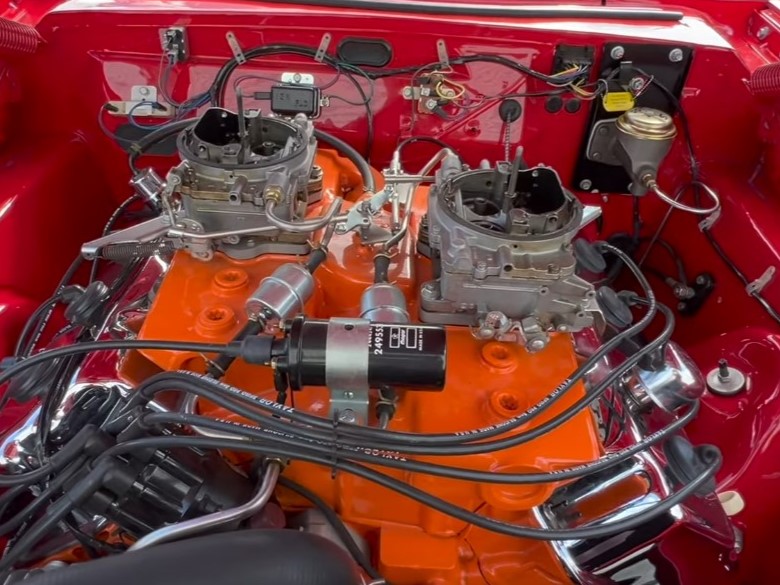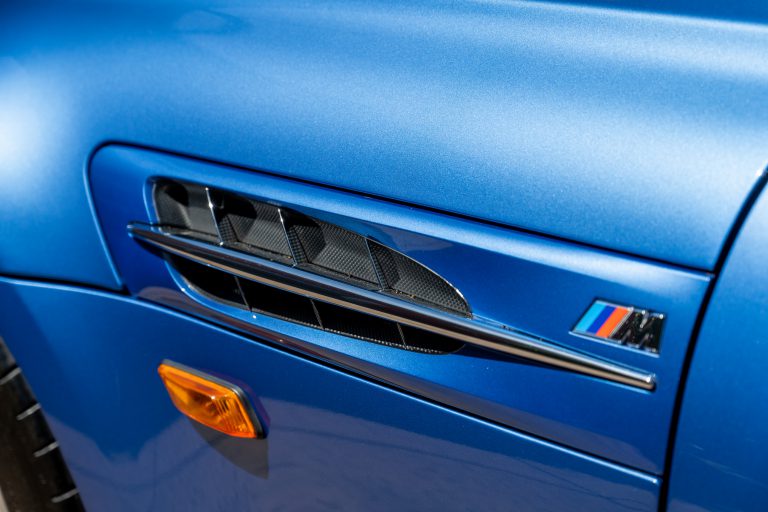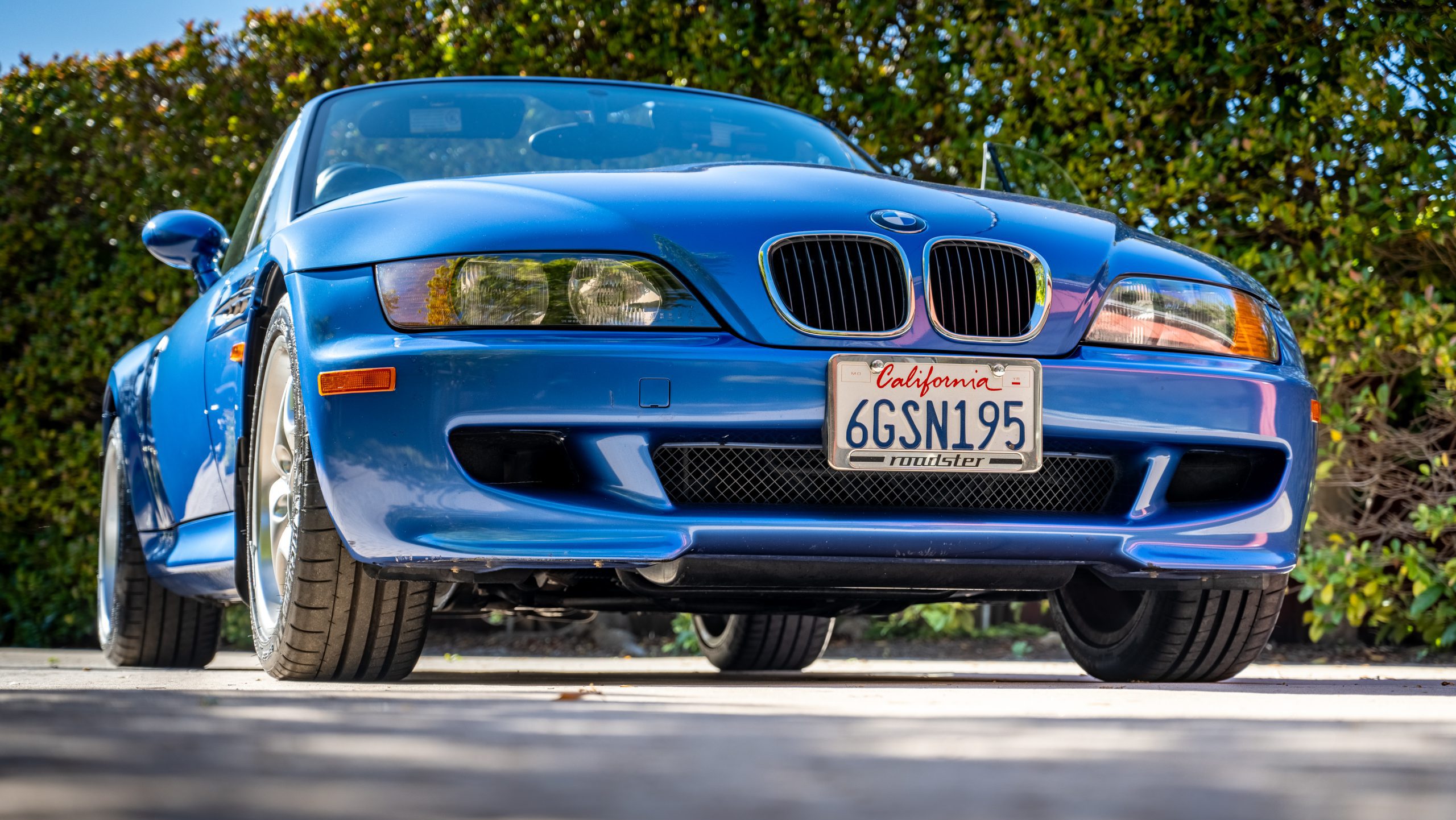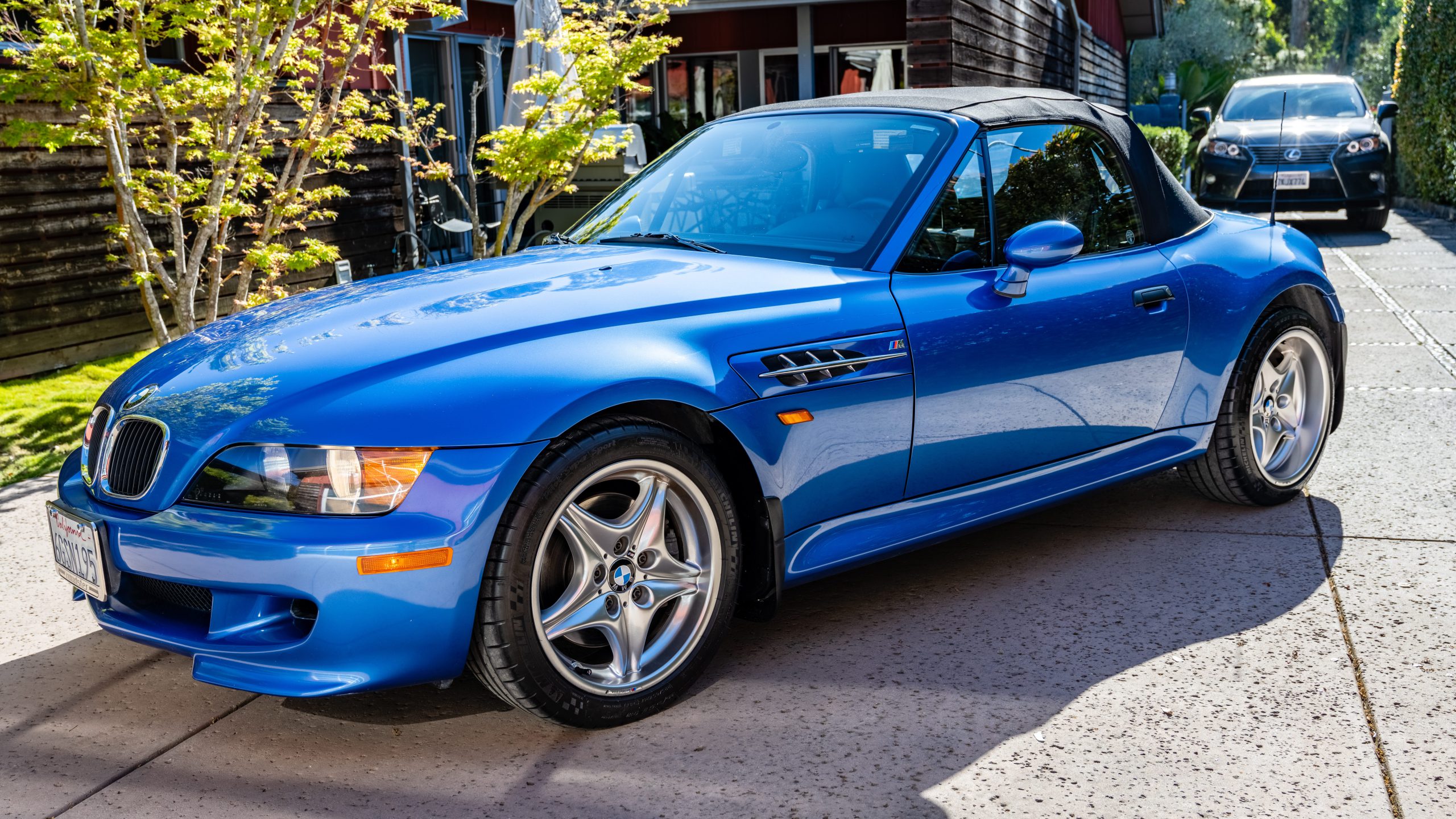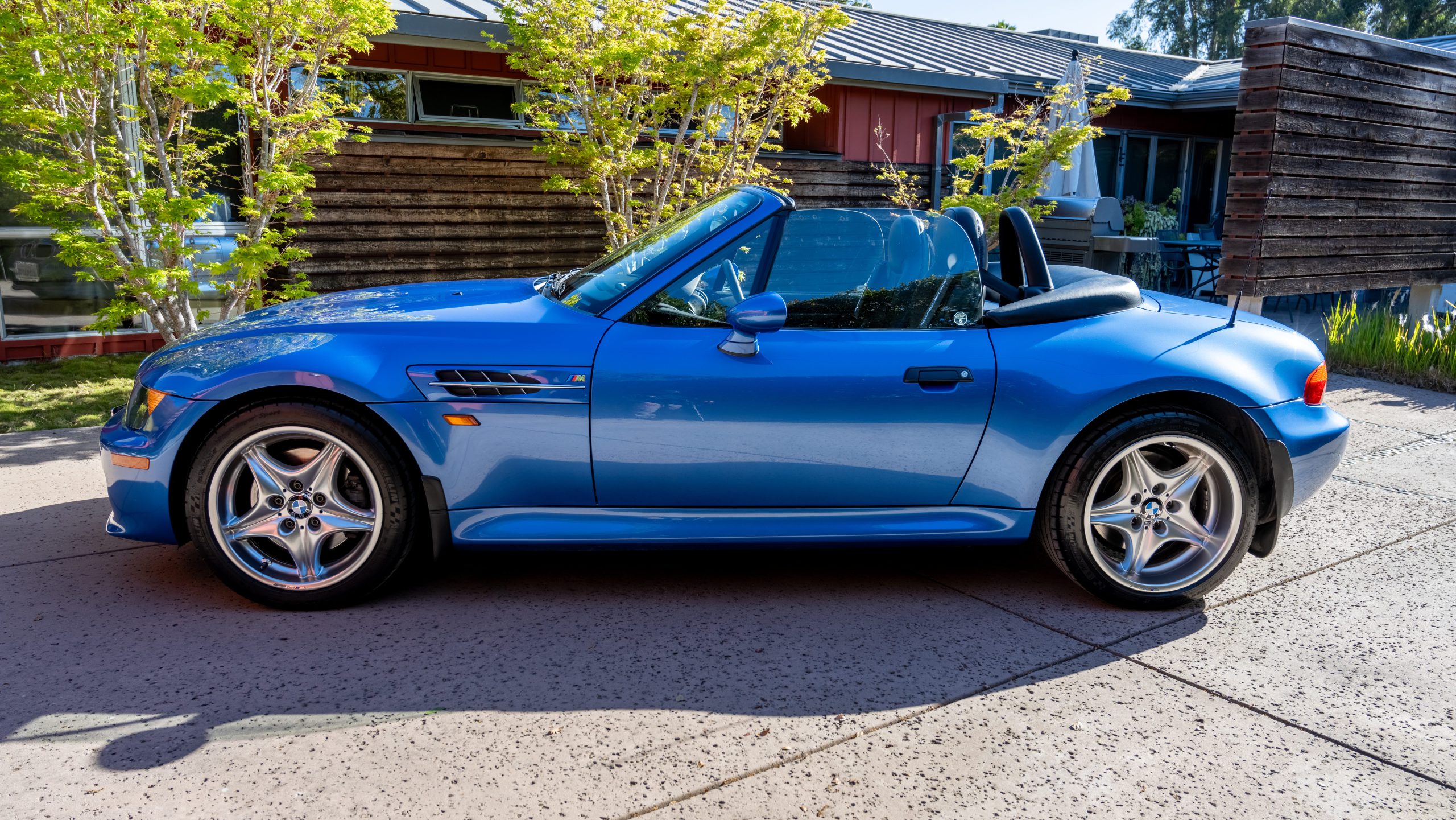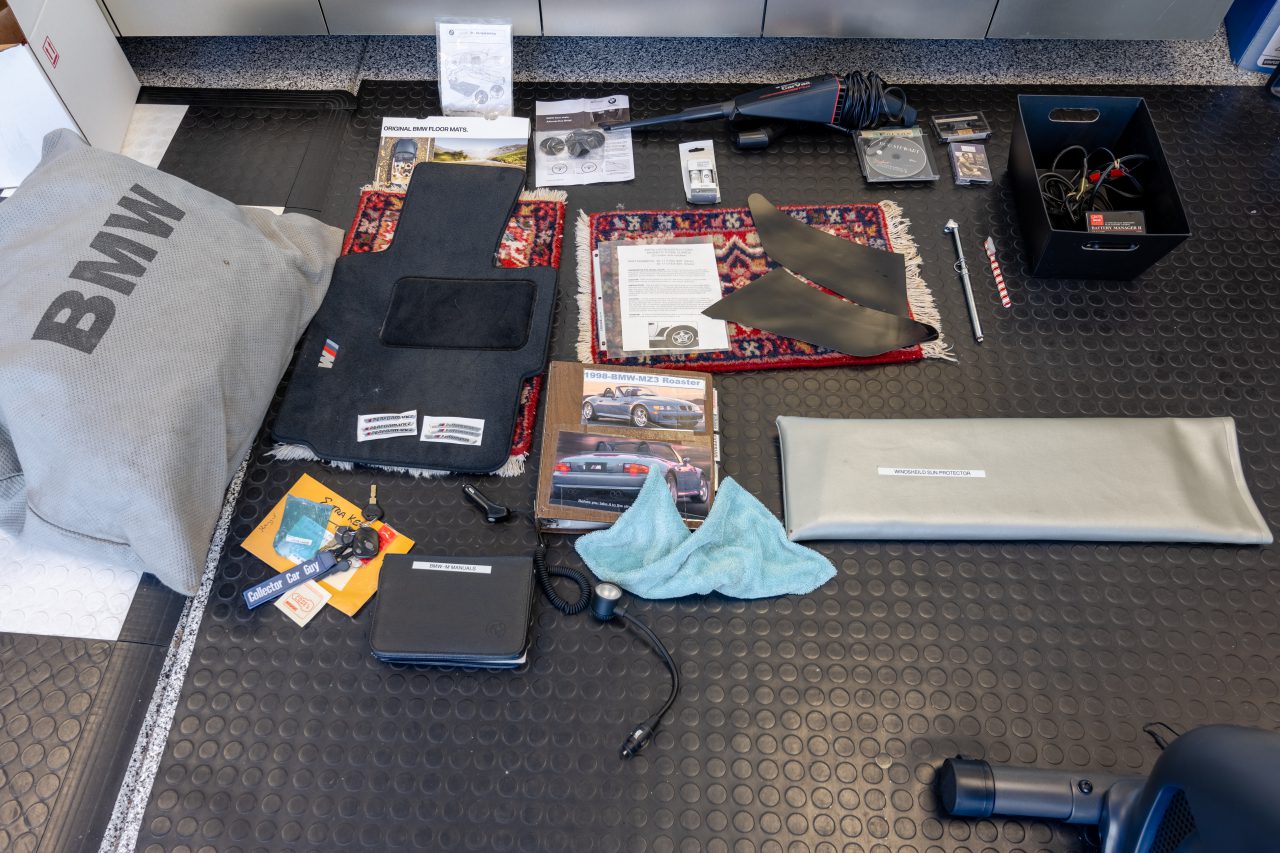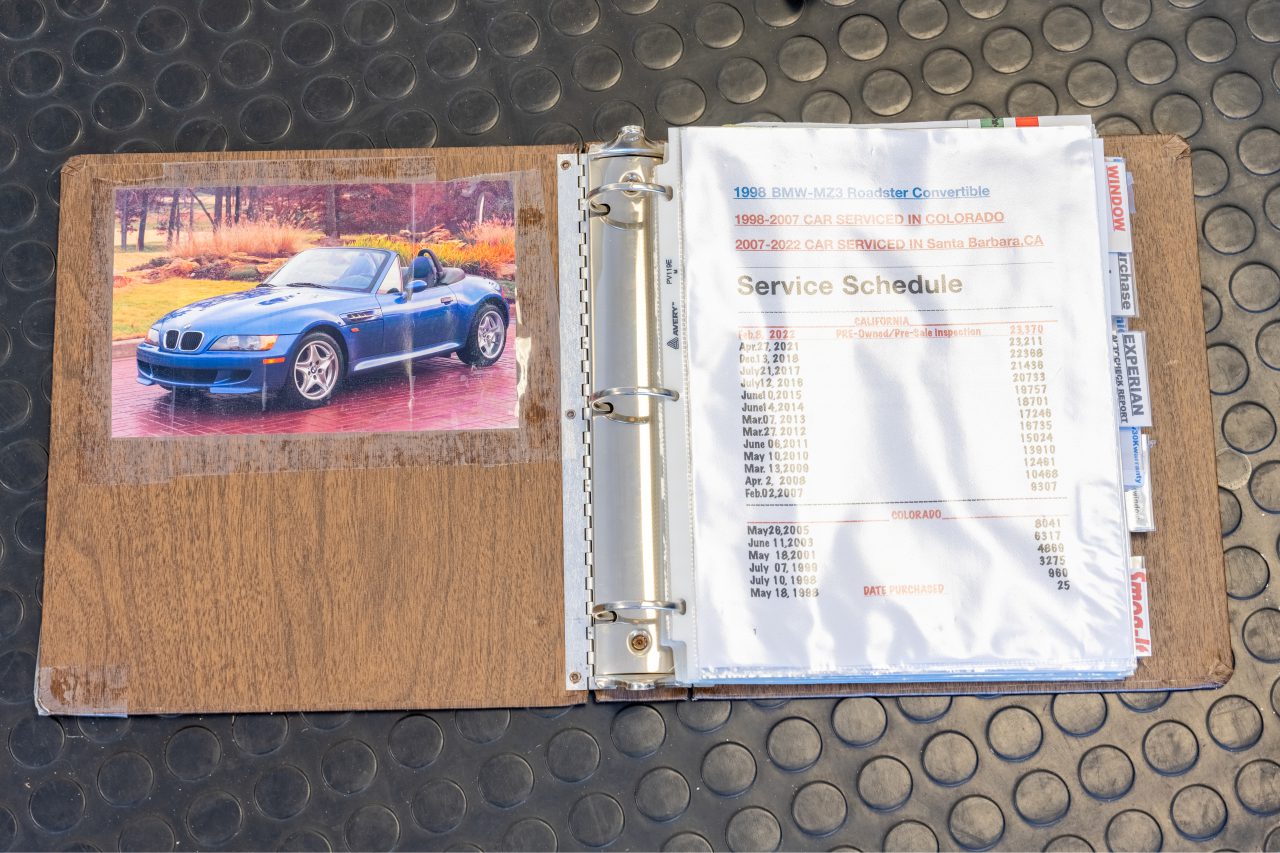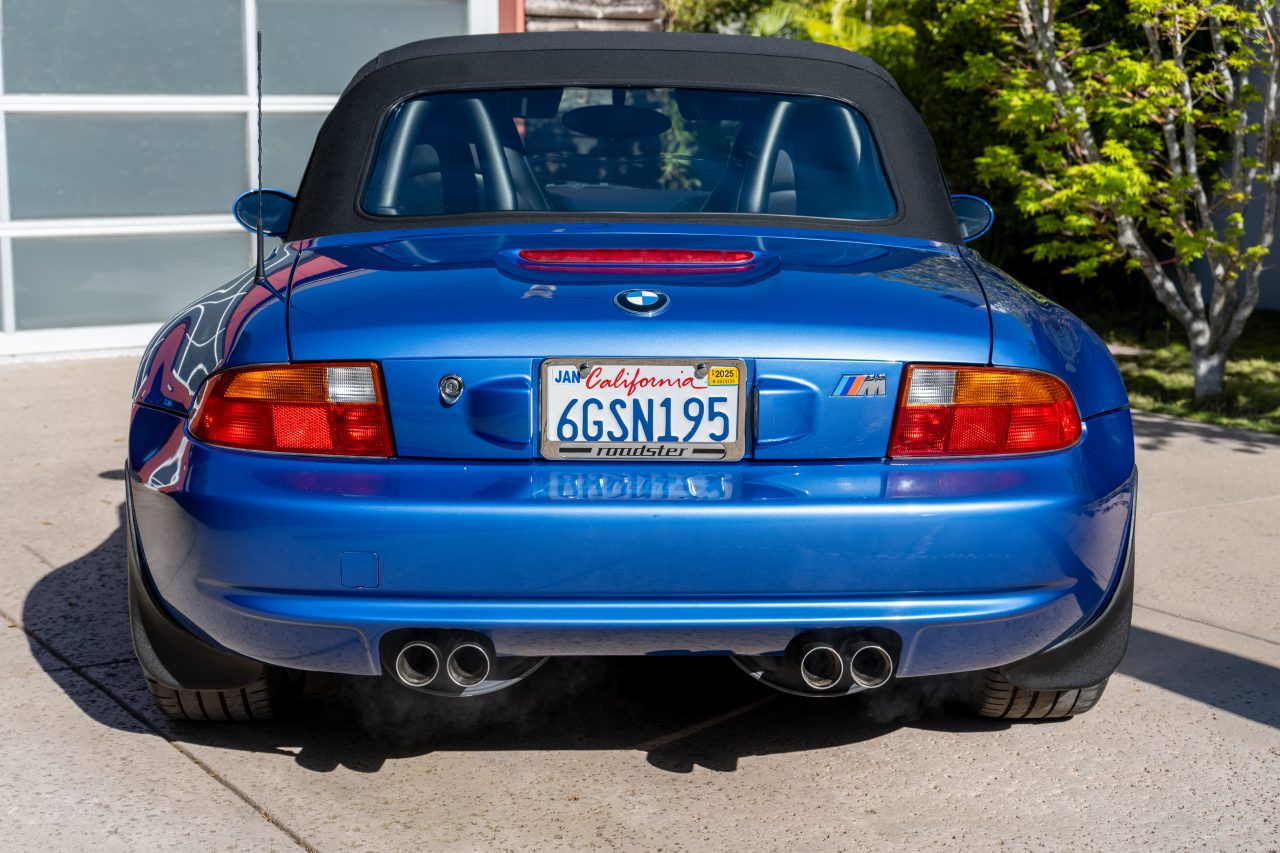Featured on AutoHunter, the online auction platform driven by ClassicCars.com, is this 1948 Cadillac Series 62 Convertible.
“Today, the world has a new standard by which to measure motor cars,” an advertisement for the 1948 Cadillacs said. “Cadillac has taken a great stride forward – one of the greatest, perhaps, in its history of automotive pioneering.” No car illustrates that advancement better than this Series 62 convertible. The car is being sold by a private seller in Port Saint Lucie, Florida, and the auction will end on Friday.
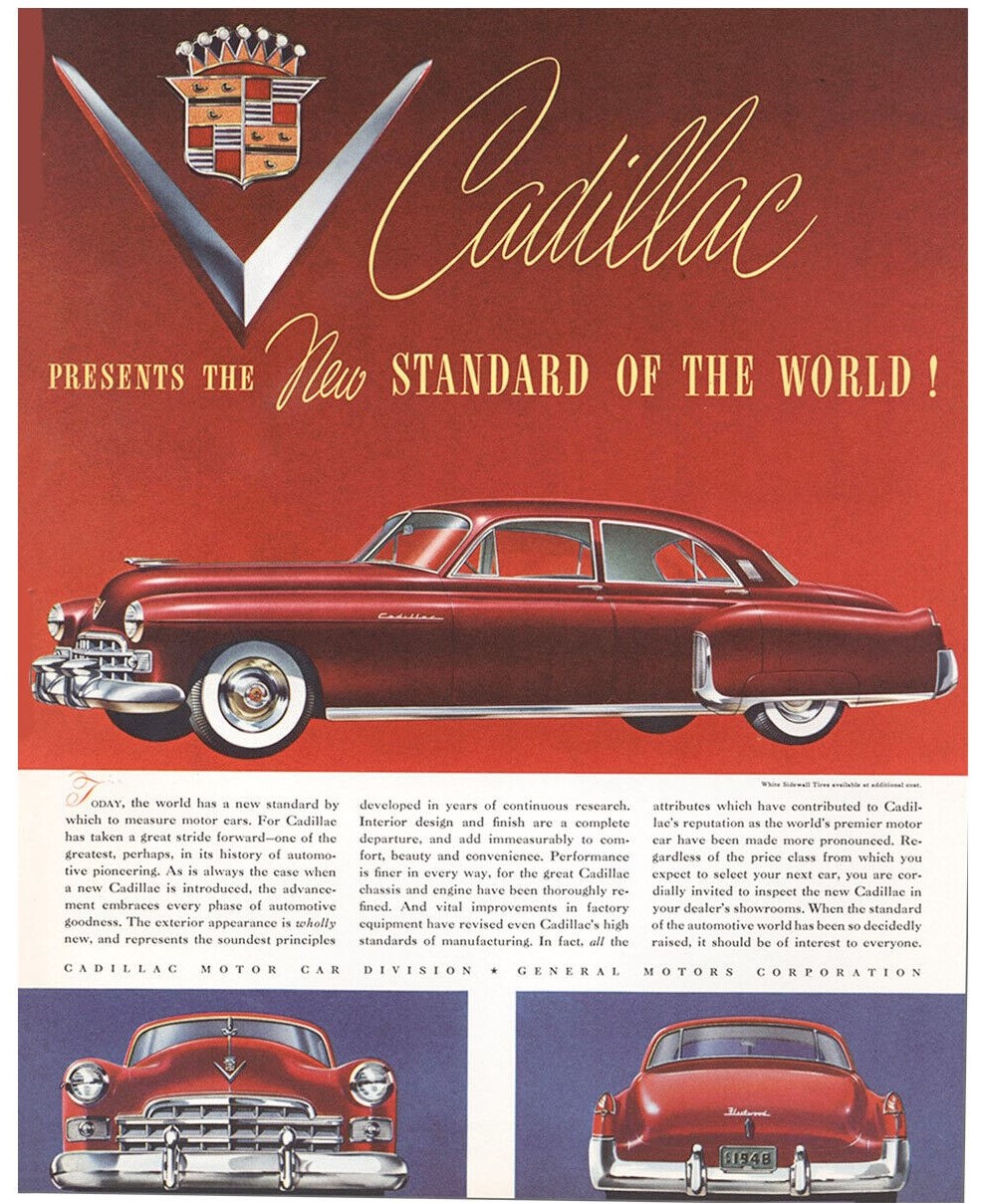
Due to World War II, domestic vehicle production was halted in January 1942 and did not resume again until October 1945. When General Motors started building Cadillacs again, the 1946 and 1947 models were largely a carry-over from 1942, with exception of a few subtle styling and engineering changes.
That explains why, when the all-new 1948 Cadillac models launched, they were so revolutionary for their time. The tailfins were inspired by the Lockheed P-38 Lightning fighter plane, and interior room was more generous than before thanks to a two-inch wider track width for the C-body platform. “Interior design and finish are a complete departure,” ads said.
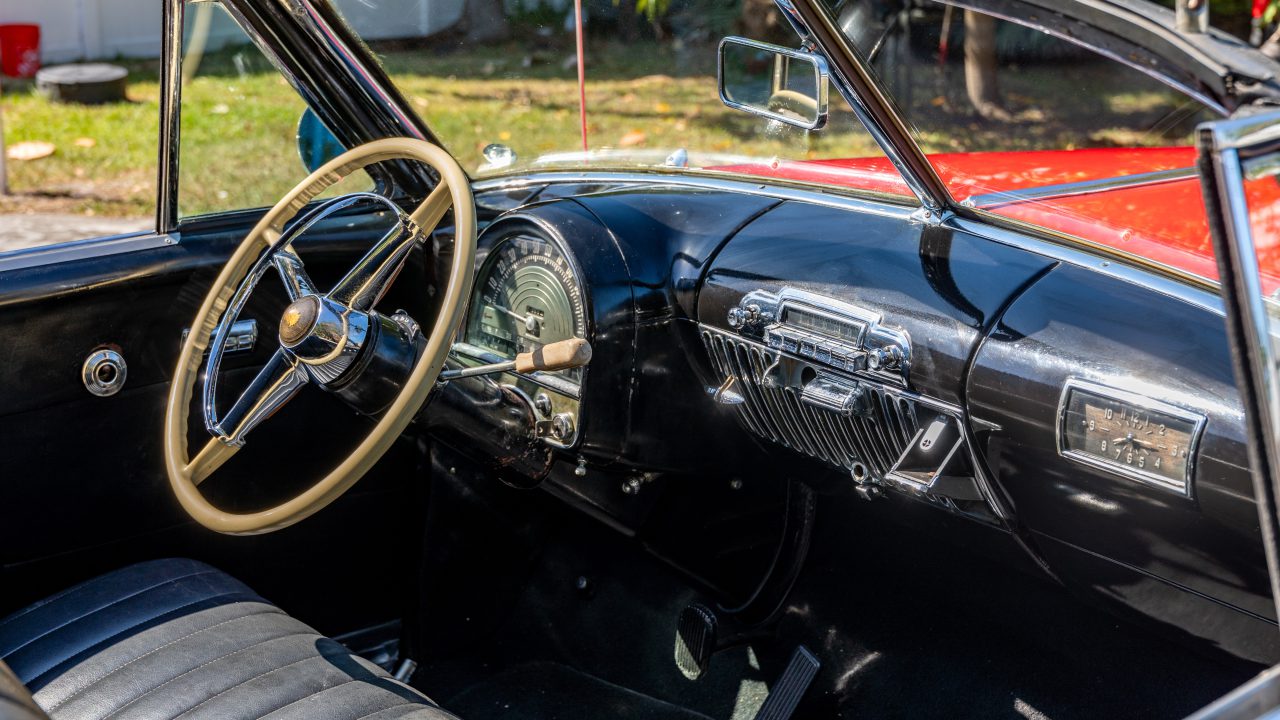
Today’s featured car conveys all that elegant (and fresh, for its time) styling in addition to a newly-reupholstered black vinyl interior, a new soft top, 15-inch wire wheels, and wide whitewall tires. Power for this luxo-droptop comes from a carbureted 346cid L-head V8 mated to a four-speed Hydra-Matic automatic transmission.
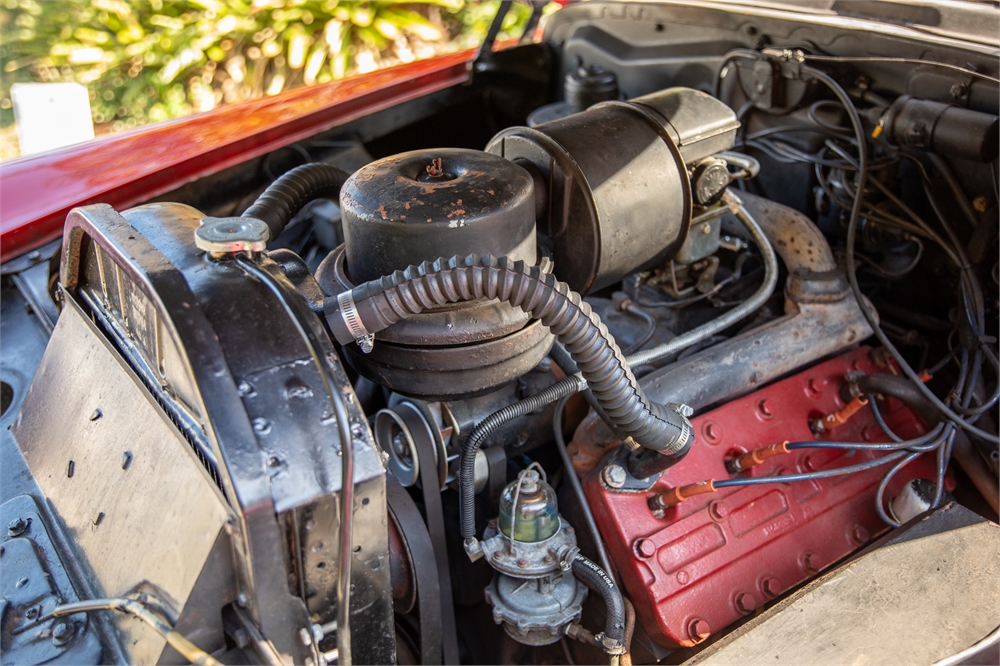
According to documentation that accompanies the car from events such as the Lake Mirror Classic and Classics at the Beach, the car has spent its fair share of time in the spotlight in Florida’s car show scene. One of the signs states that the car was “driven regularly and participated in numerous tours with the local chapter of the Antique Automobile Club of America (AACA).” It goes without saying that this car was collector-owned and preserved.
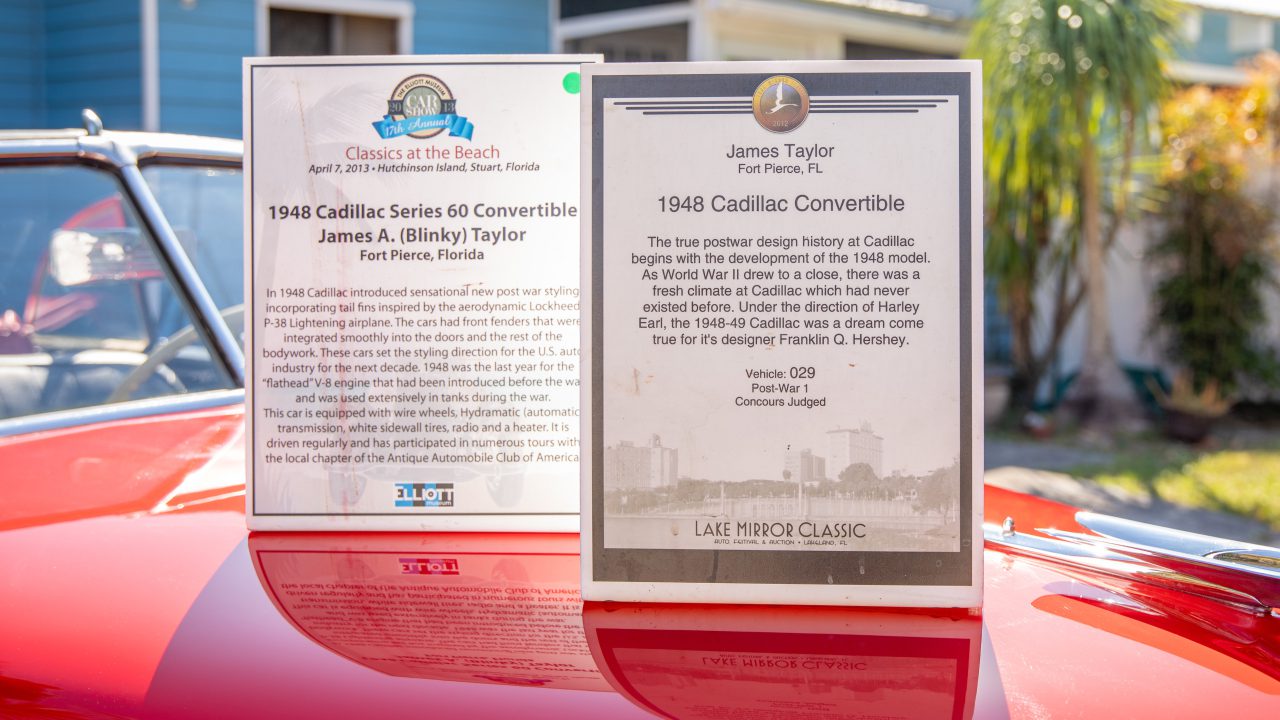
“You are cordially invited to inspect the new Cadillac in your dealer’s showrooms. When the standard of the automotive world has been so decidedly raised, it should be of interest to everyone,” said Cadillac’s marketing.
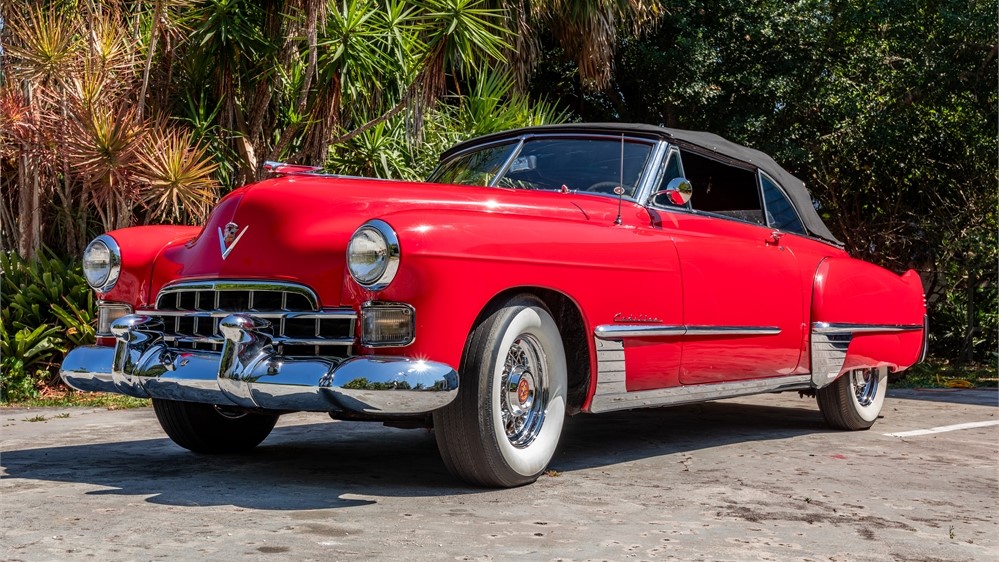
Well, consider this story your cordial invitation to take a closer look at the car featured in the AutoHunter listing. If you end up being its lucky new owner, you will gain personal insight into what made these cars so special.
The auction for this 1948 Cadillac Series 62 Convertible ends Friday, May 10, 2024 at 11:30 a.m. (PDT)
Visit the AutoHunter listing for more information and photo gallery


